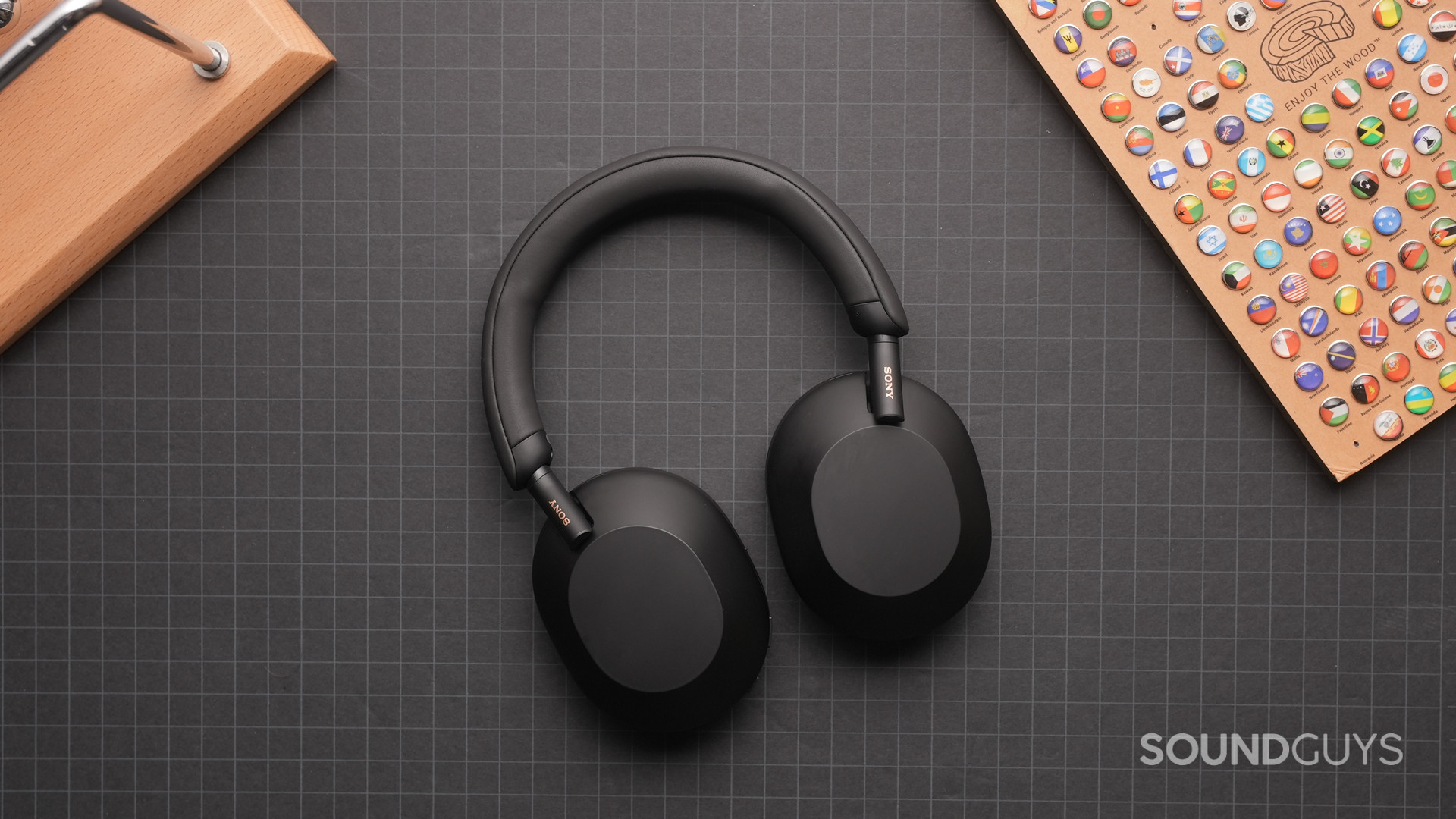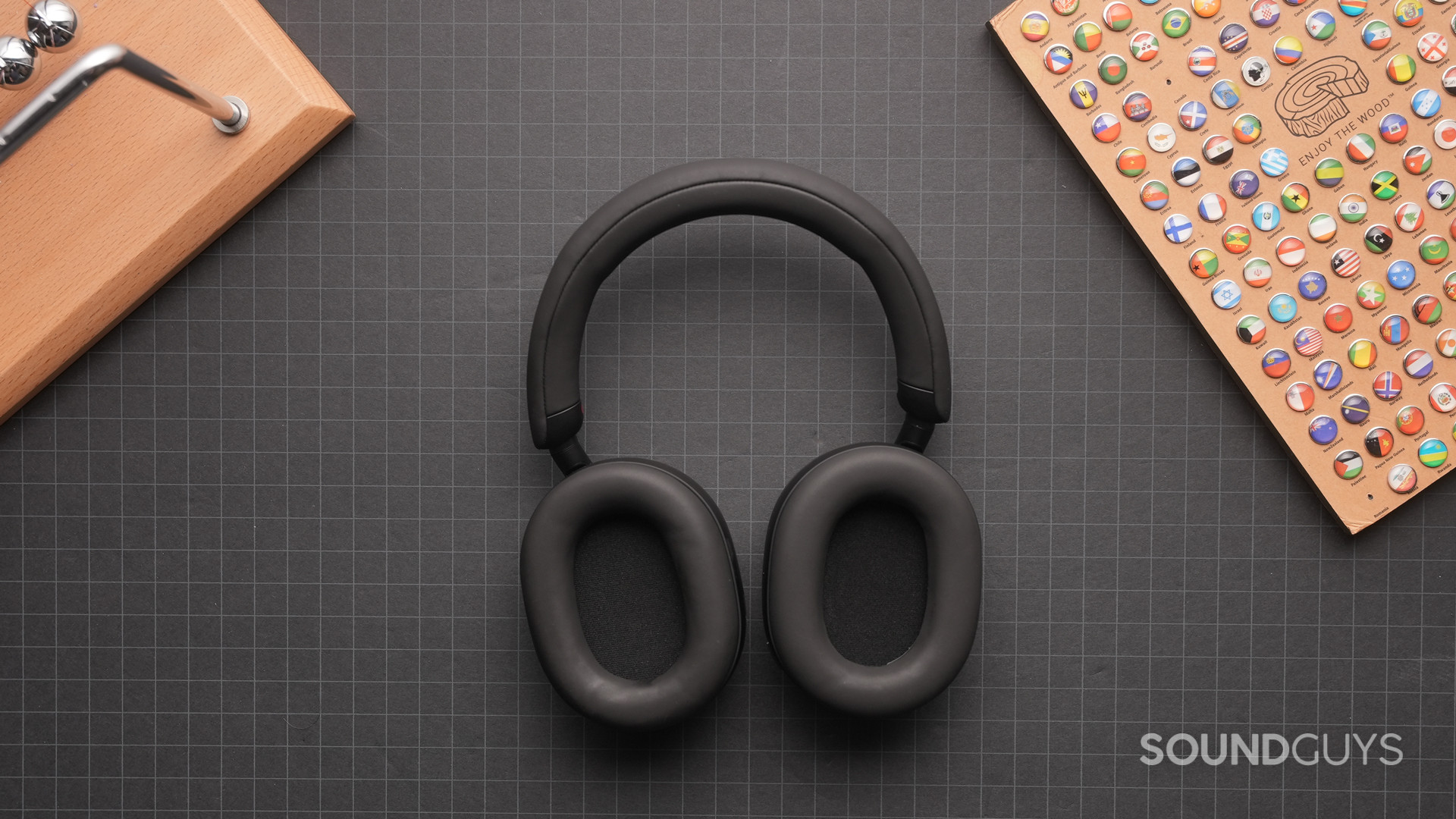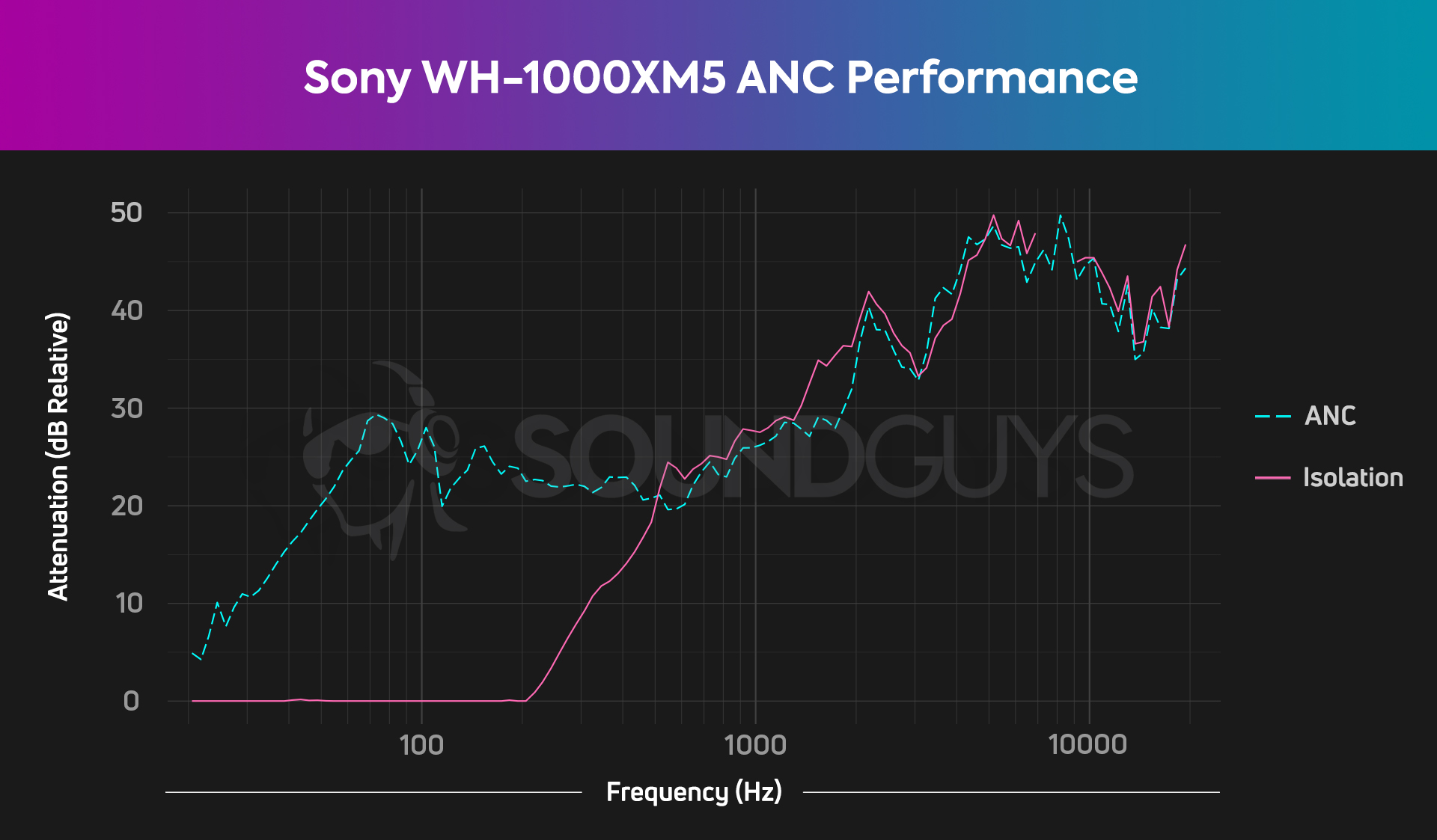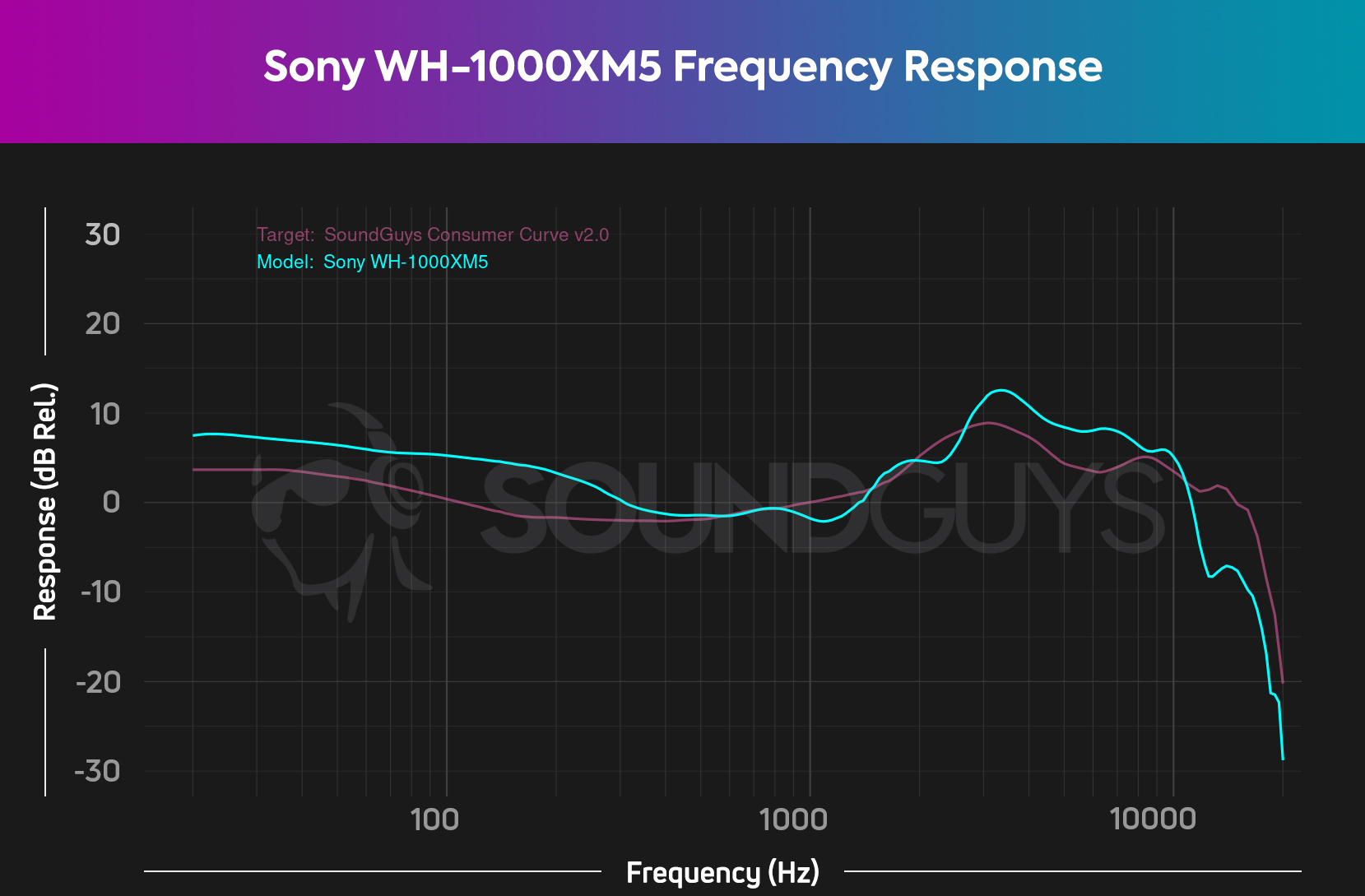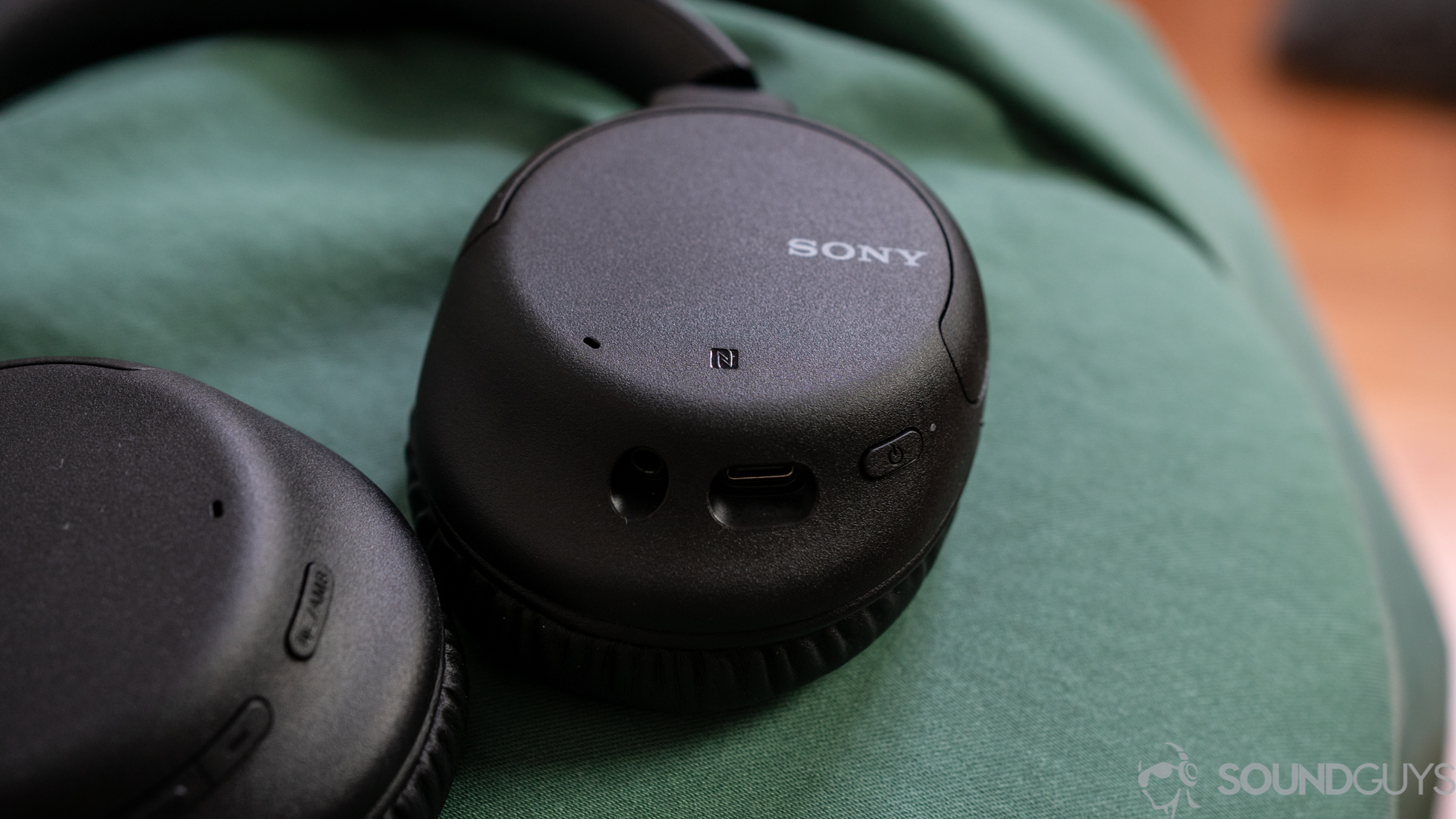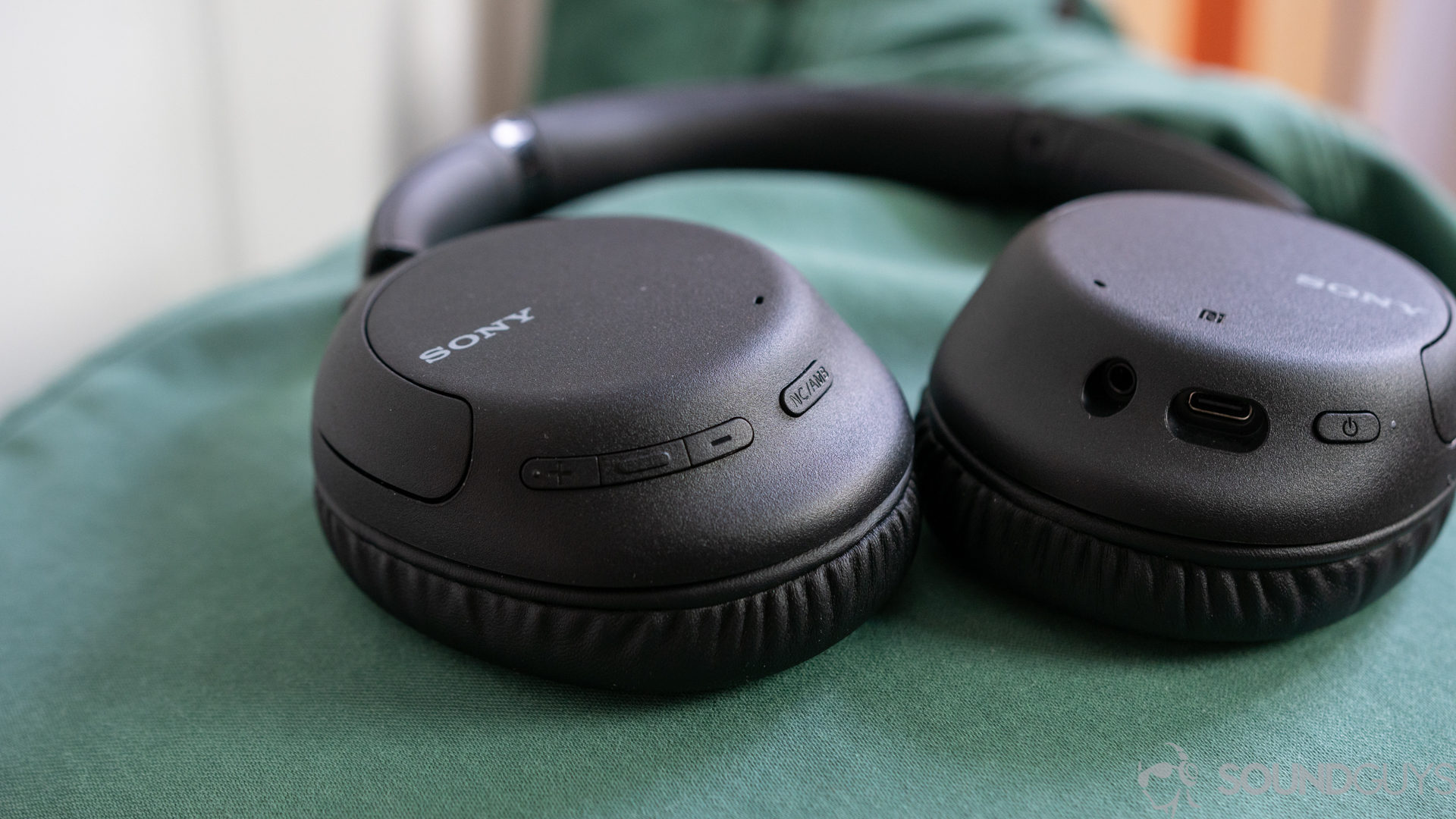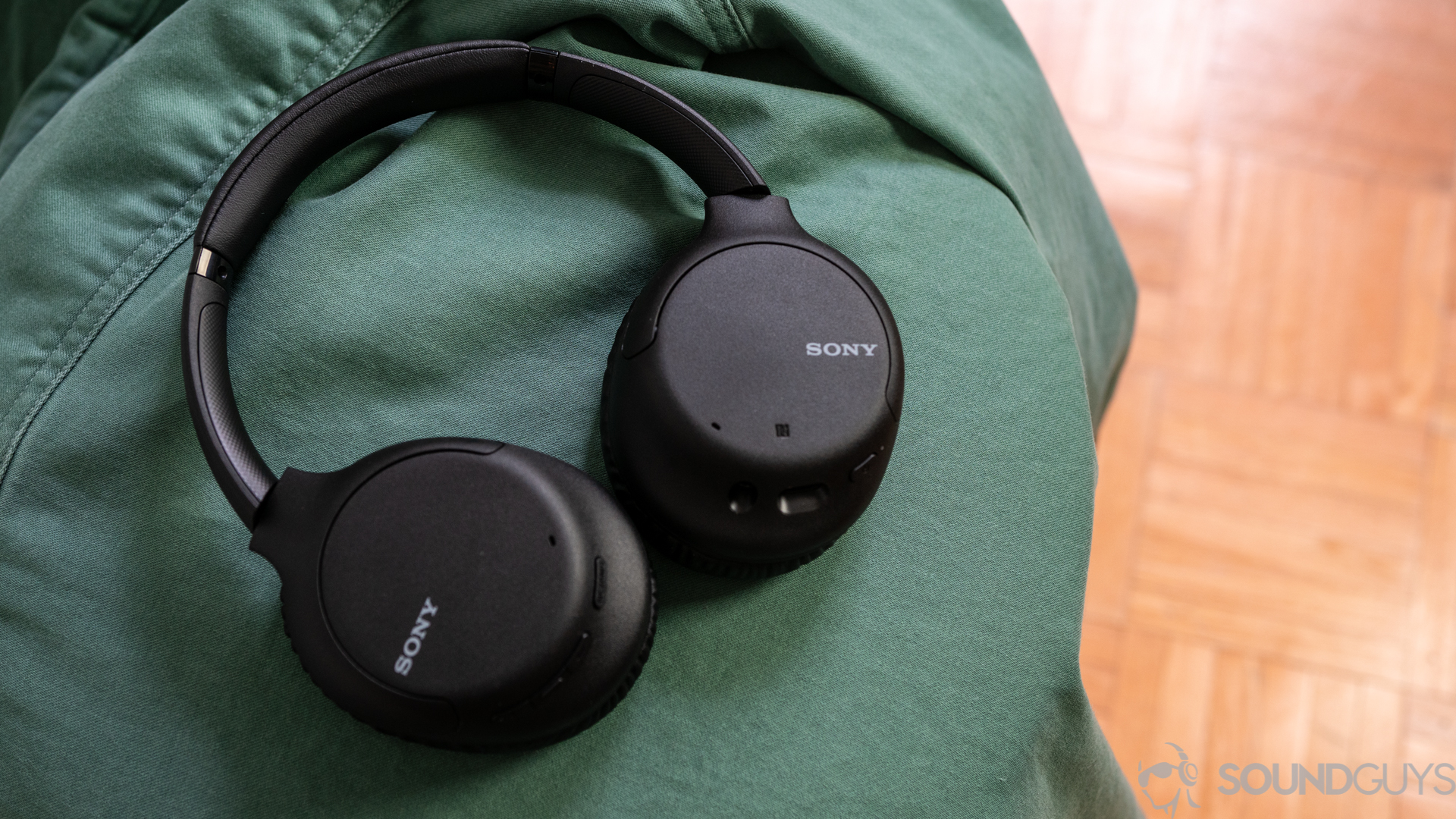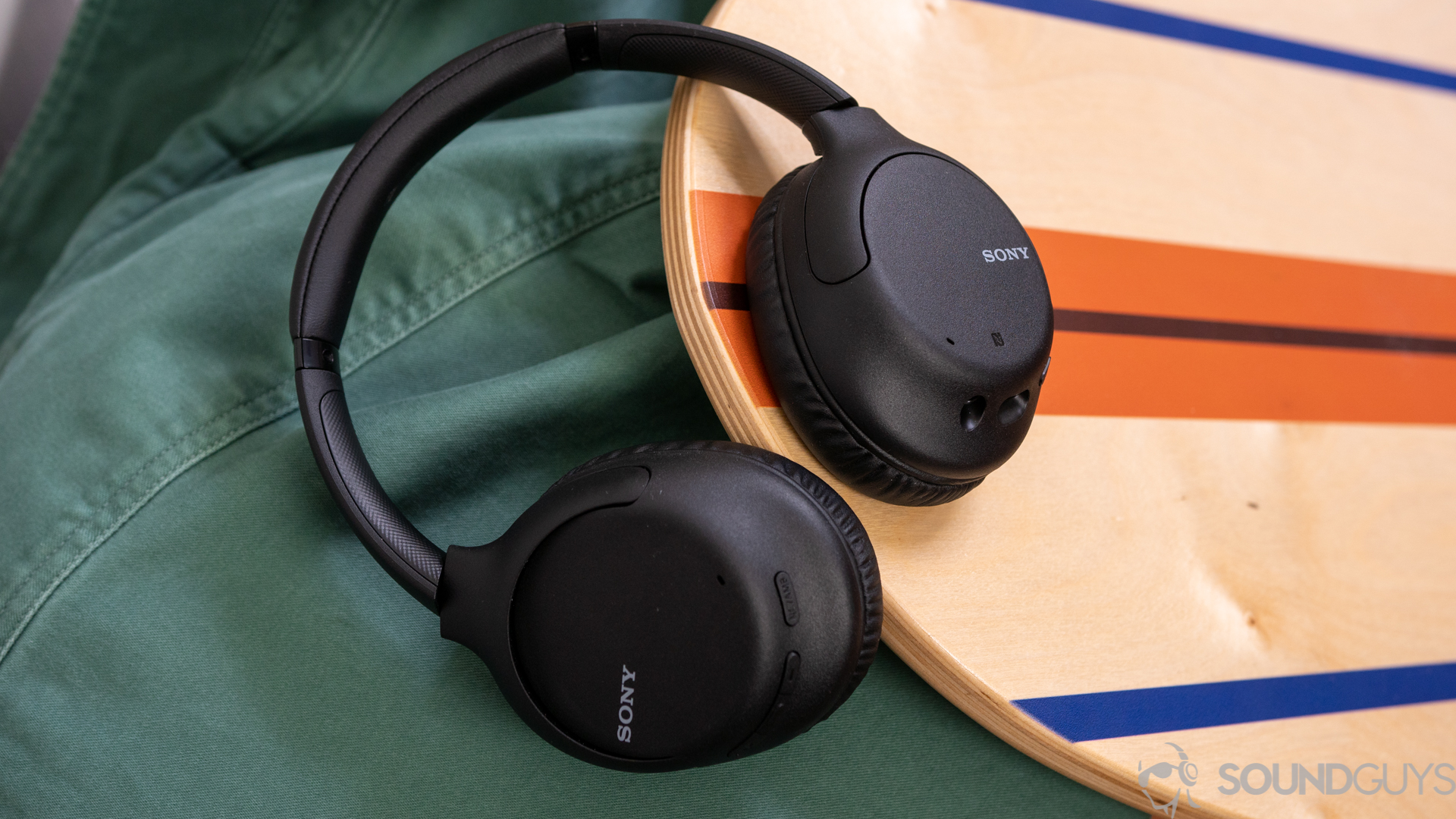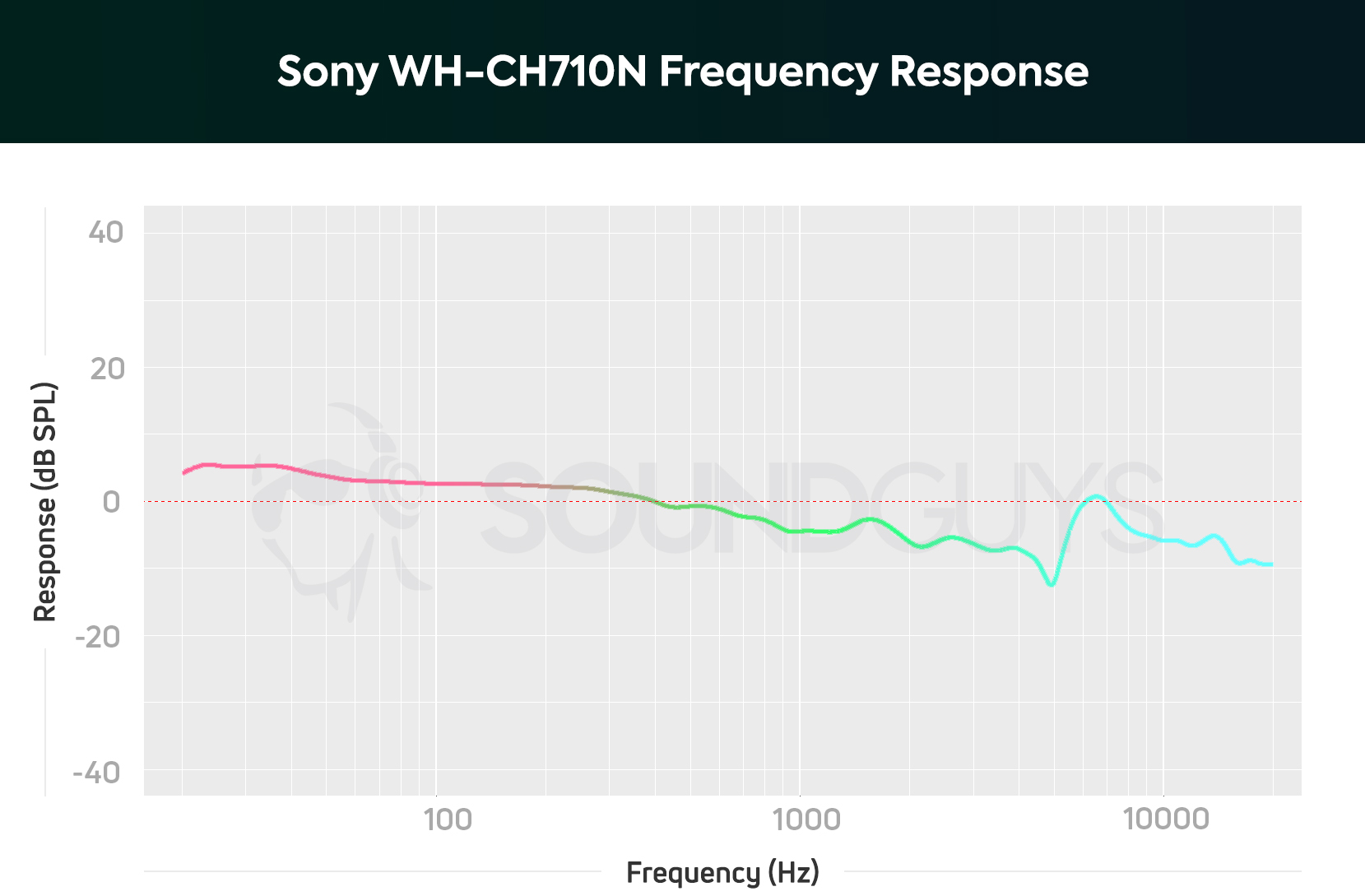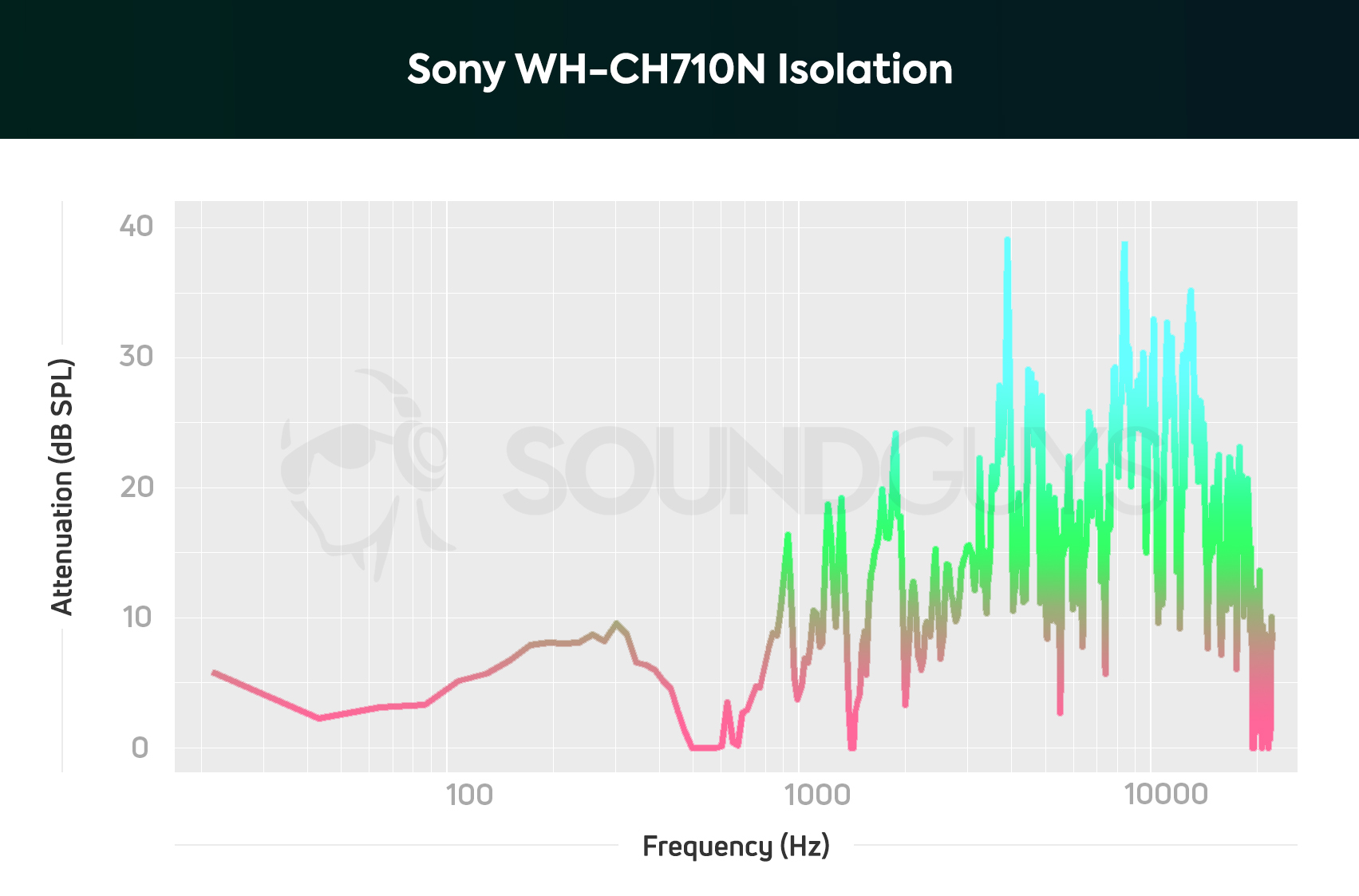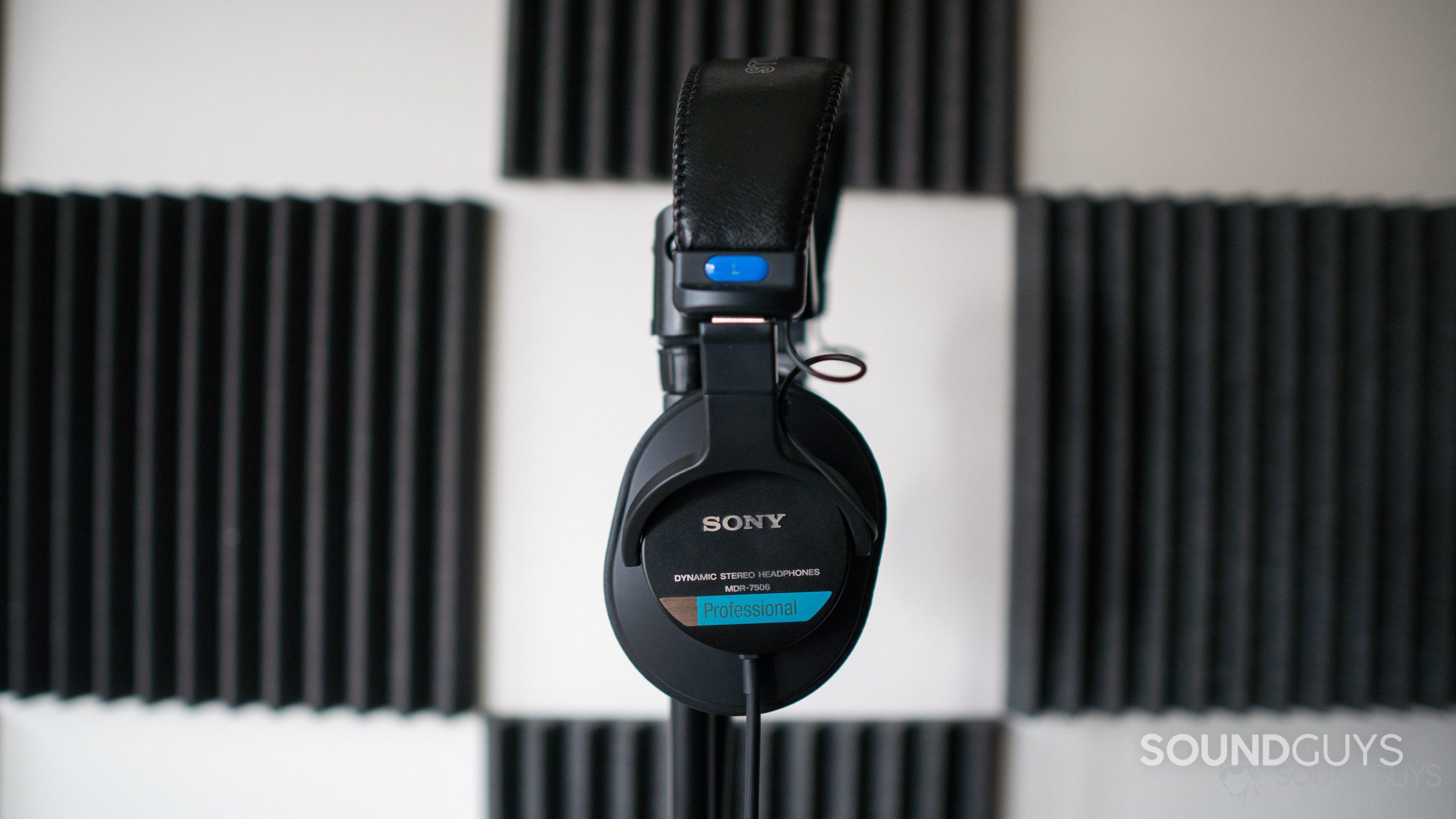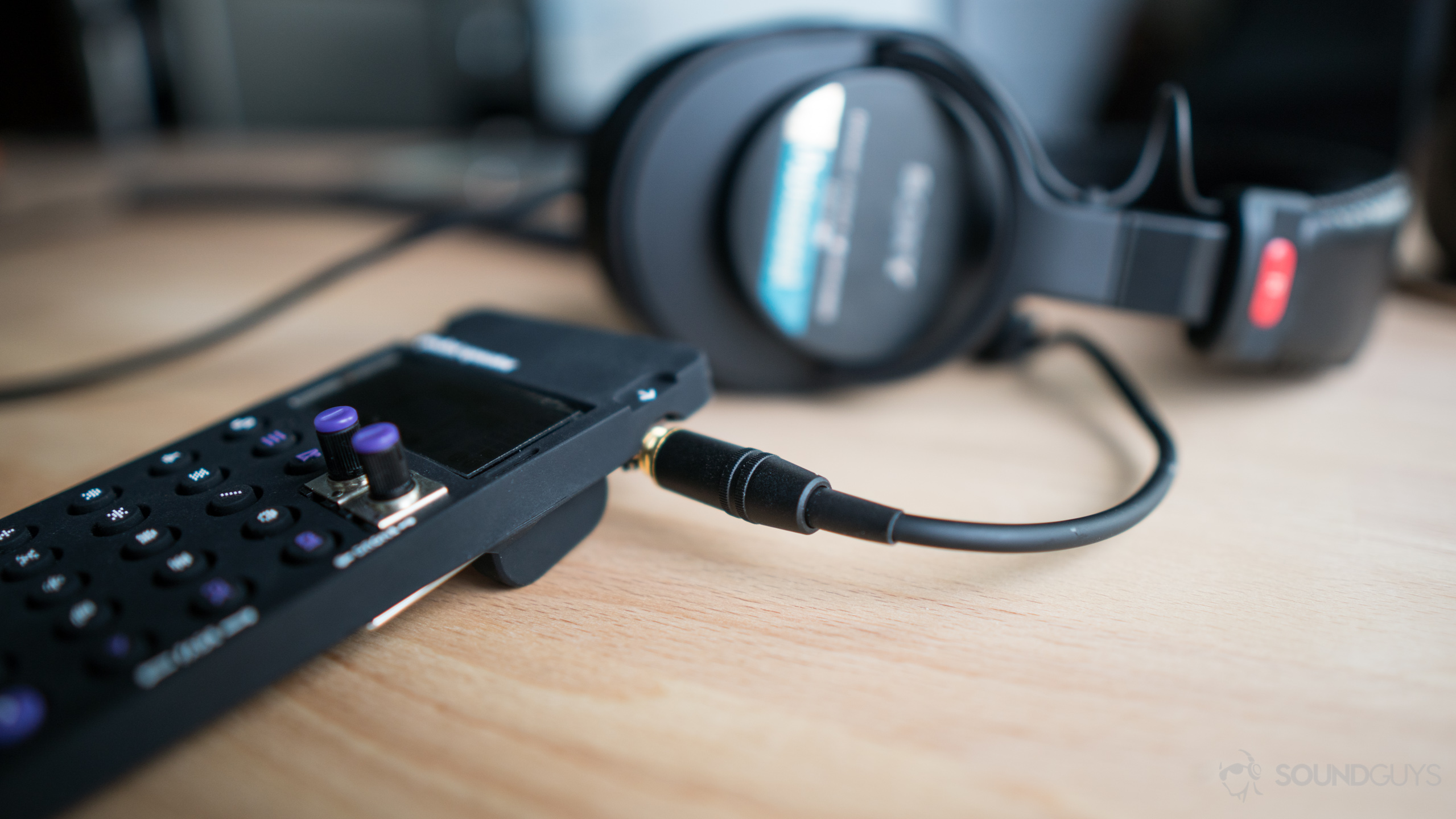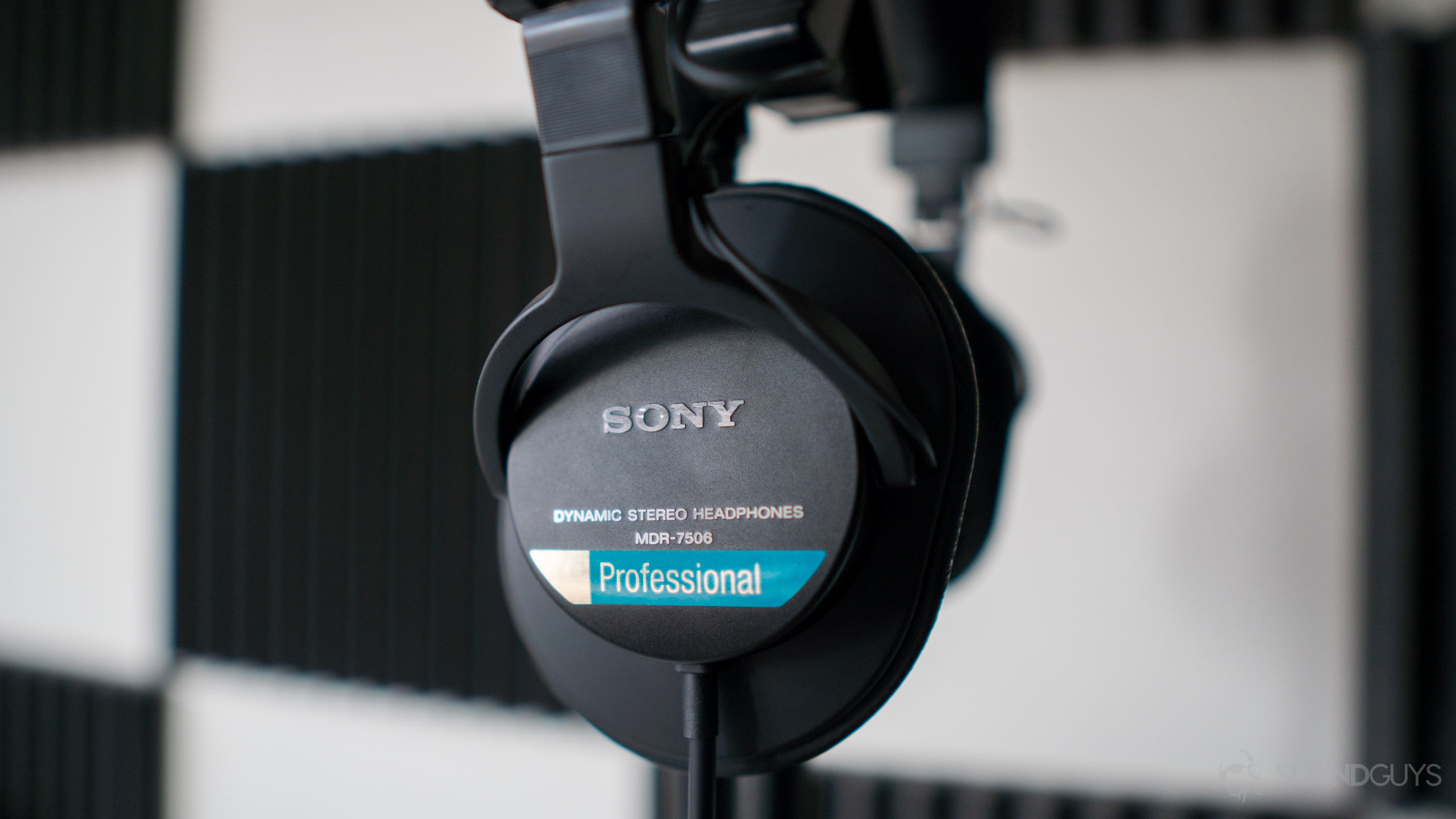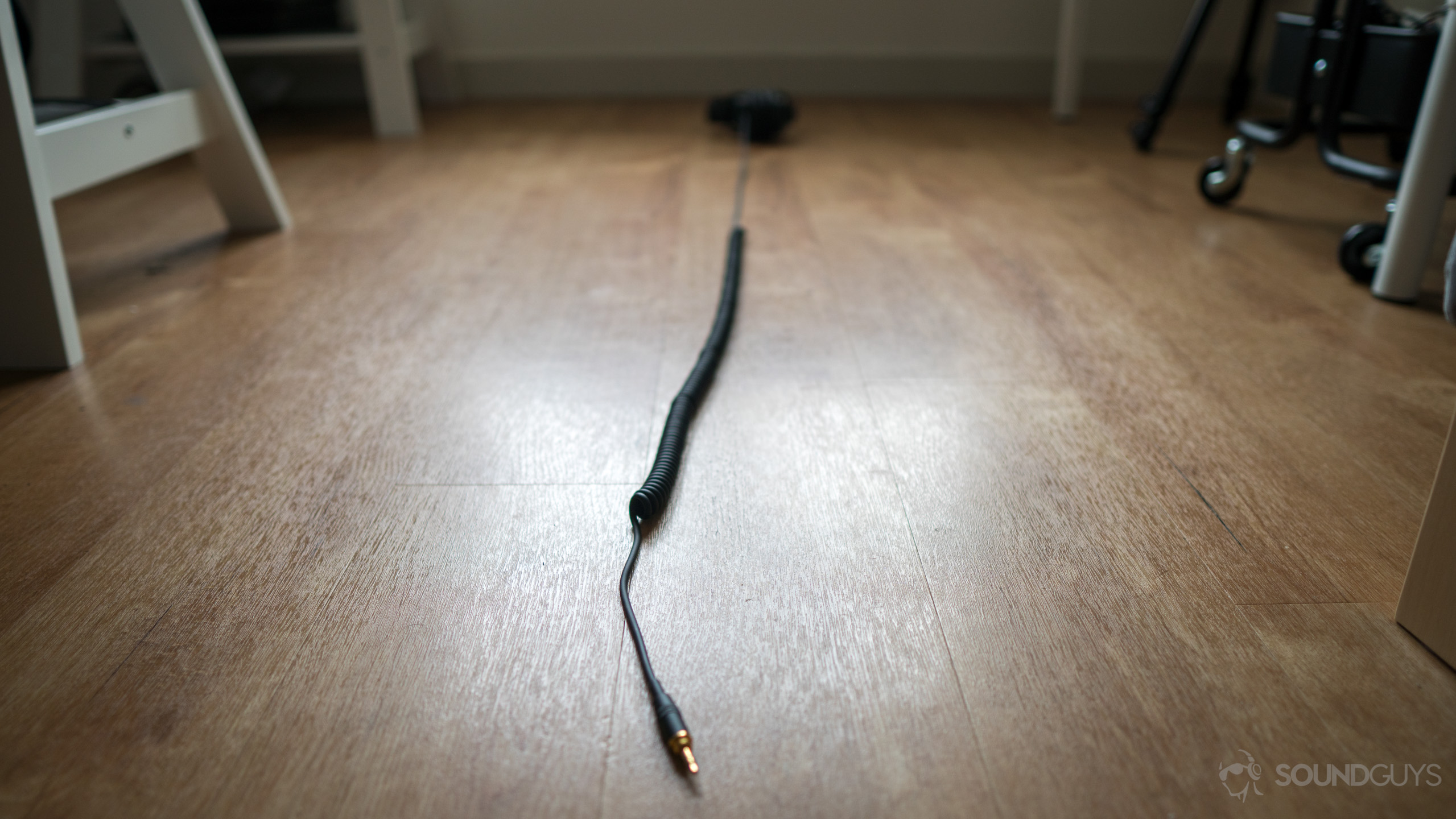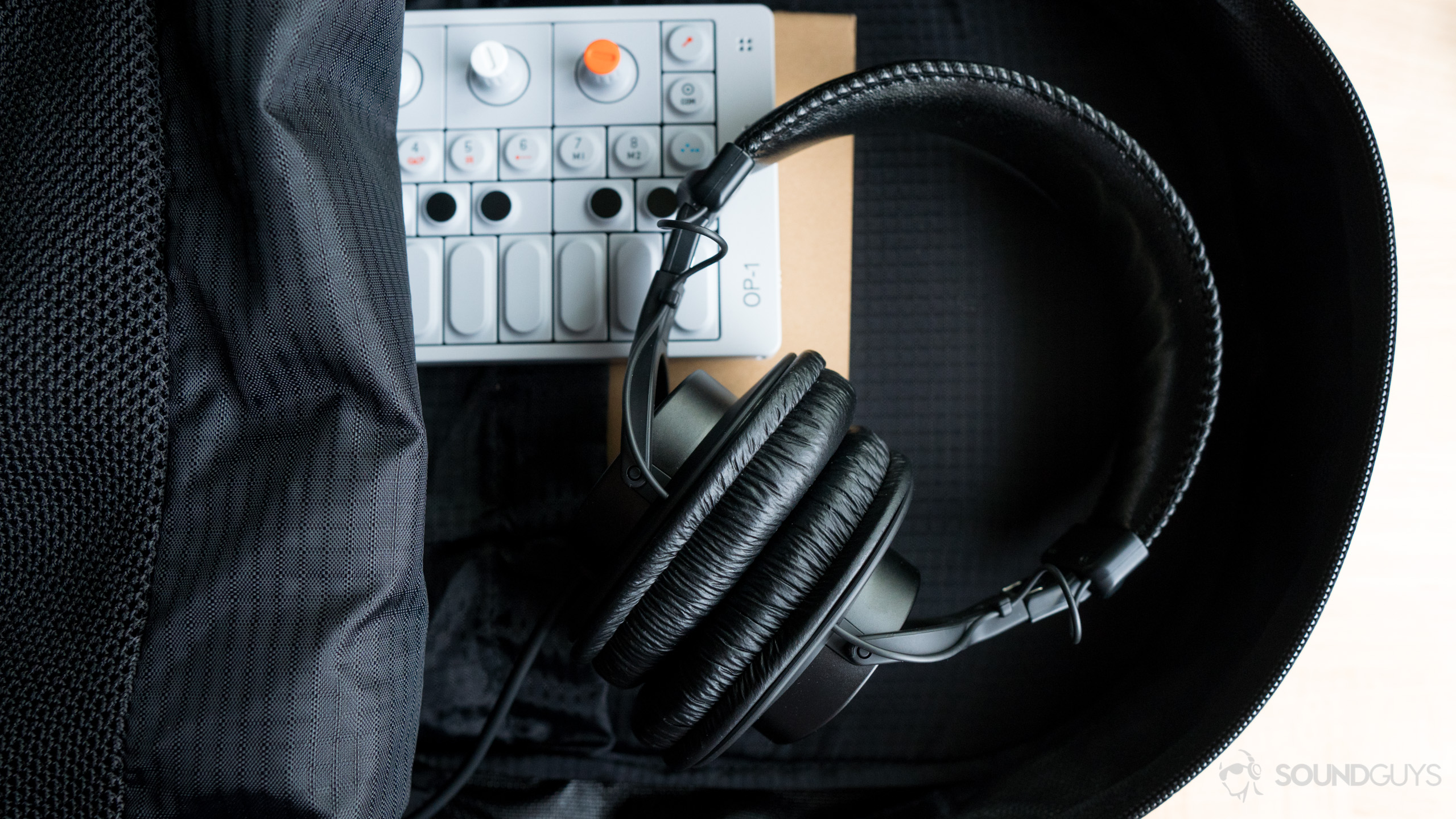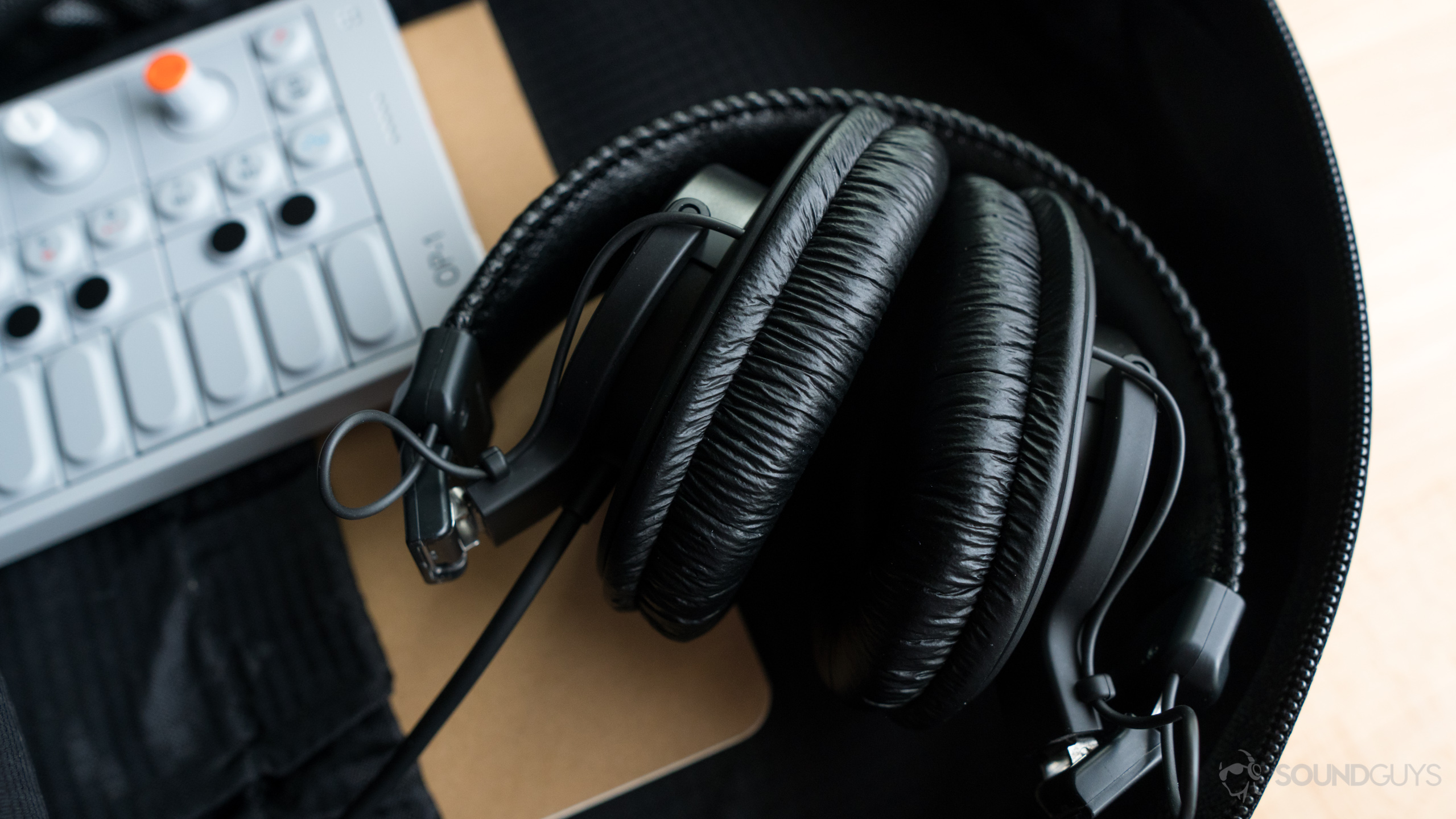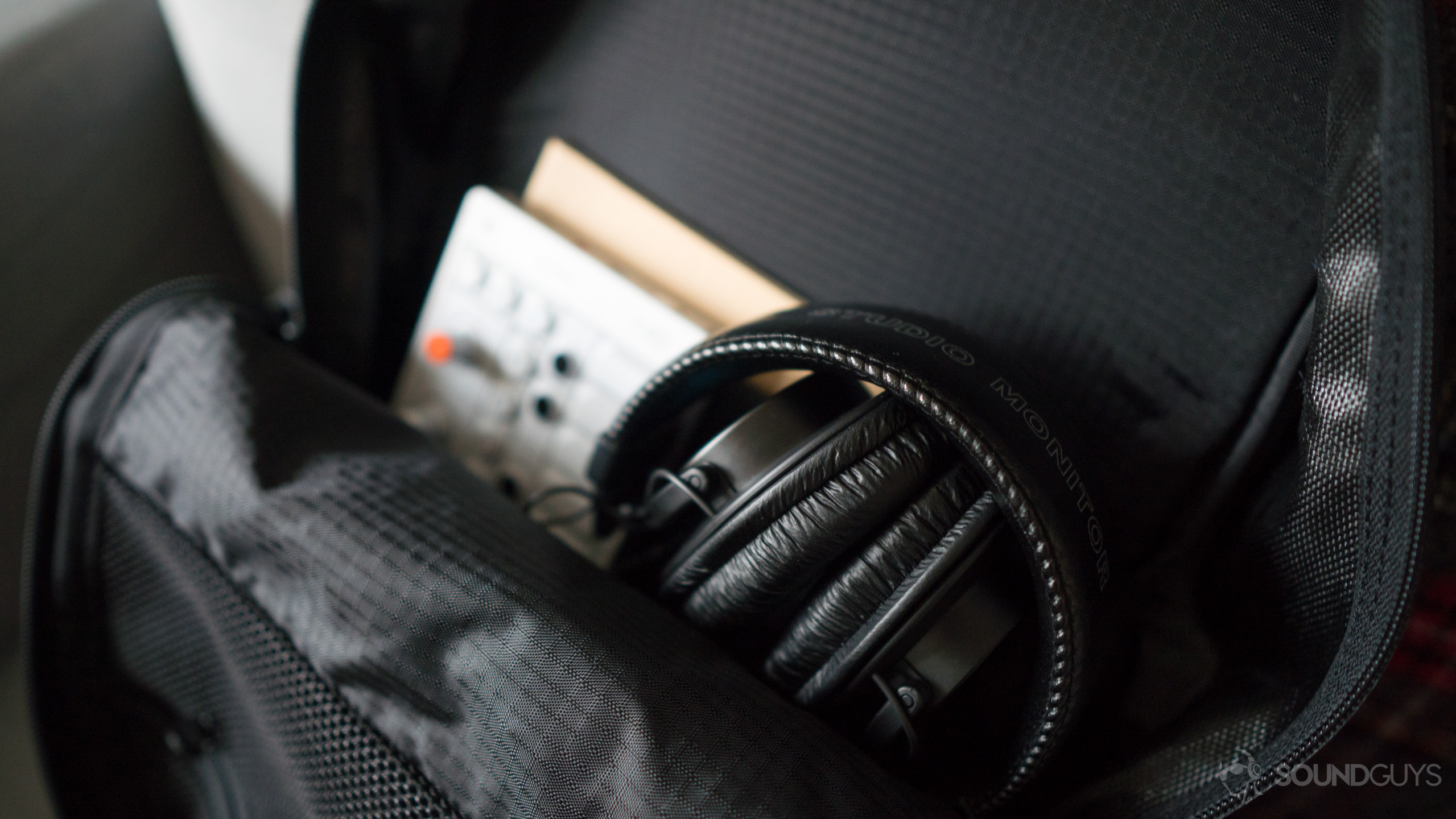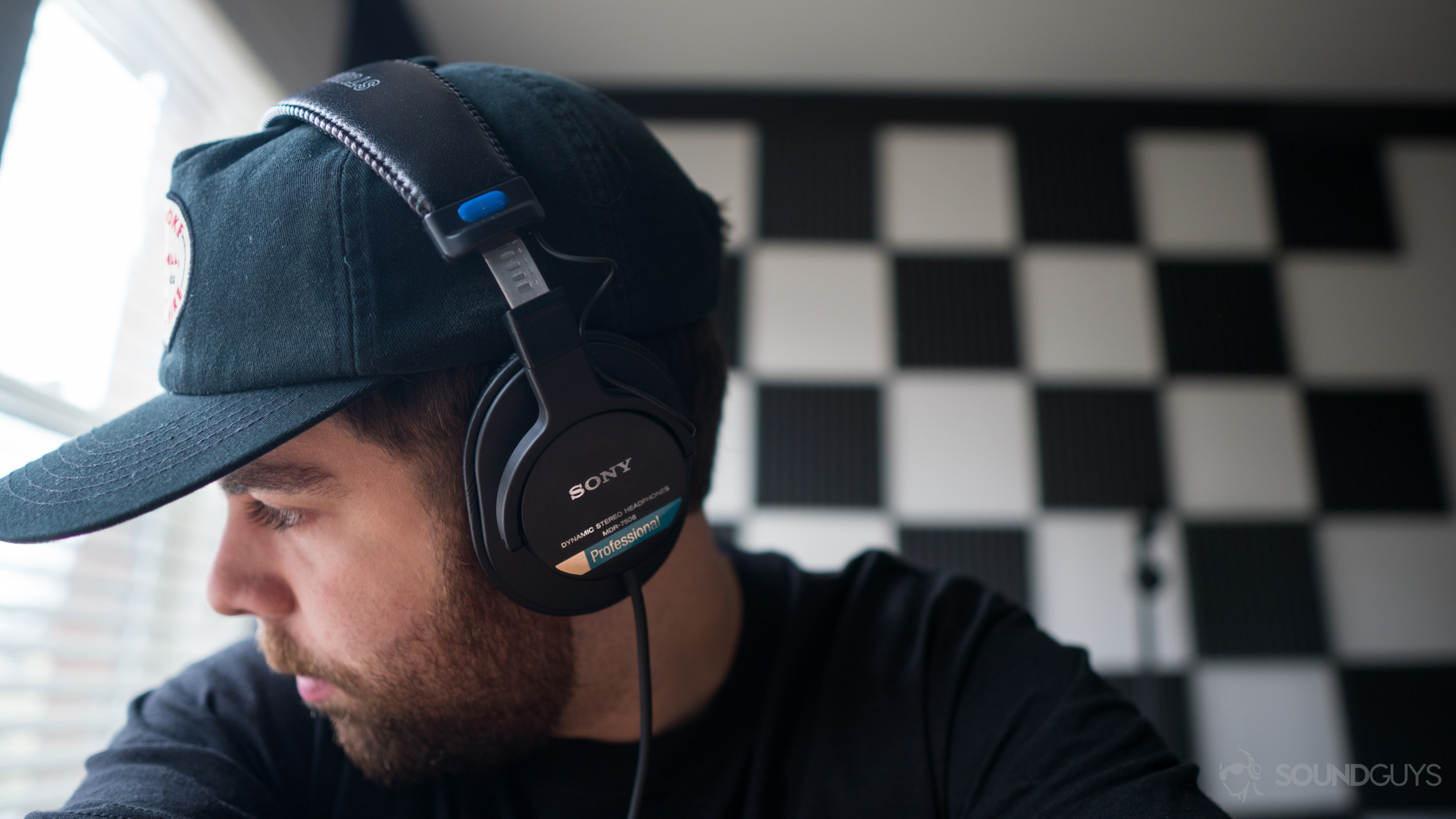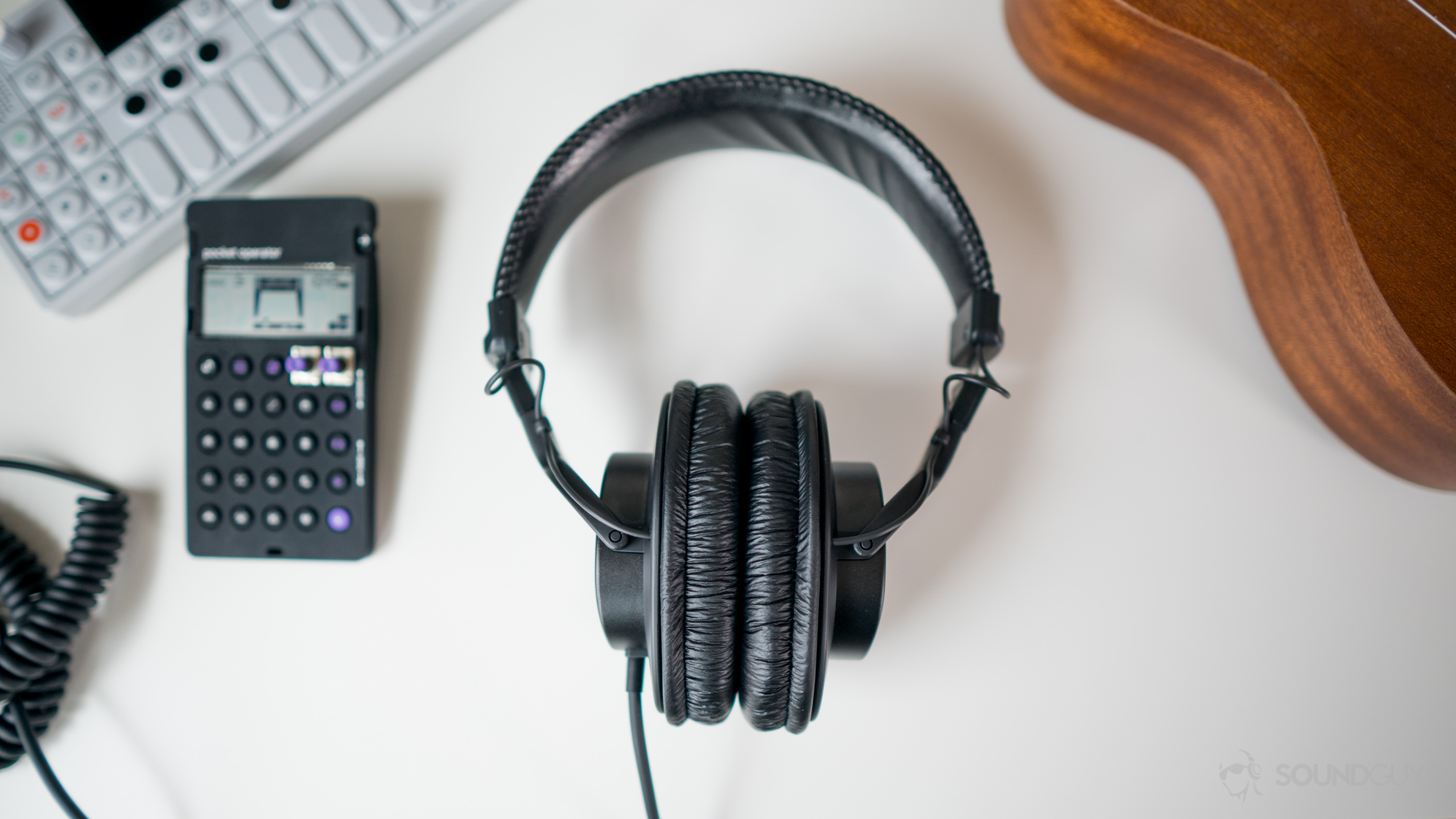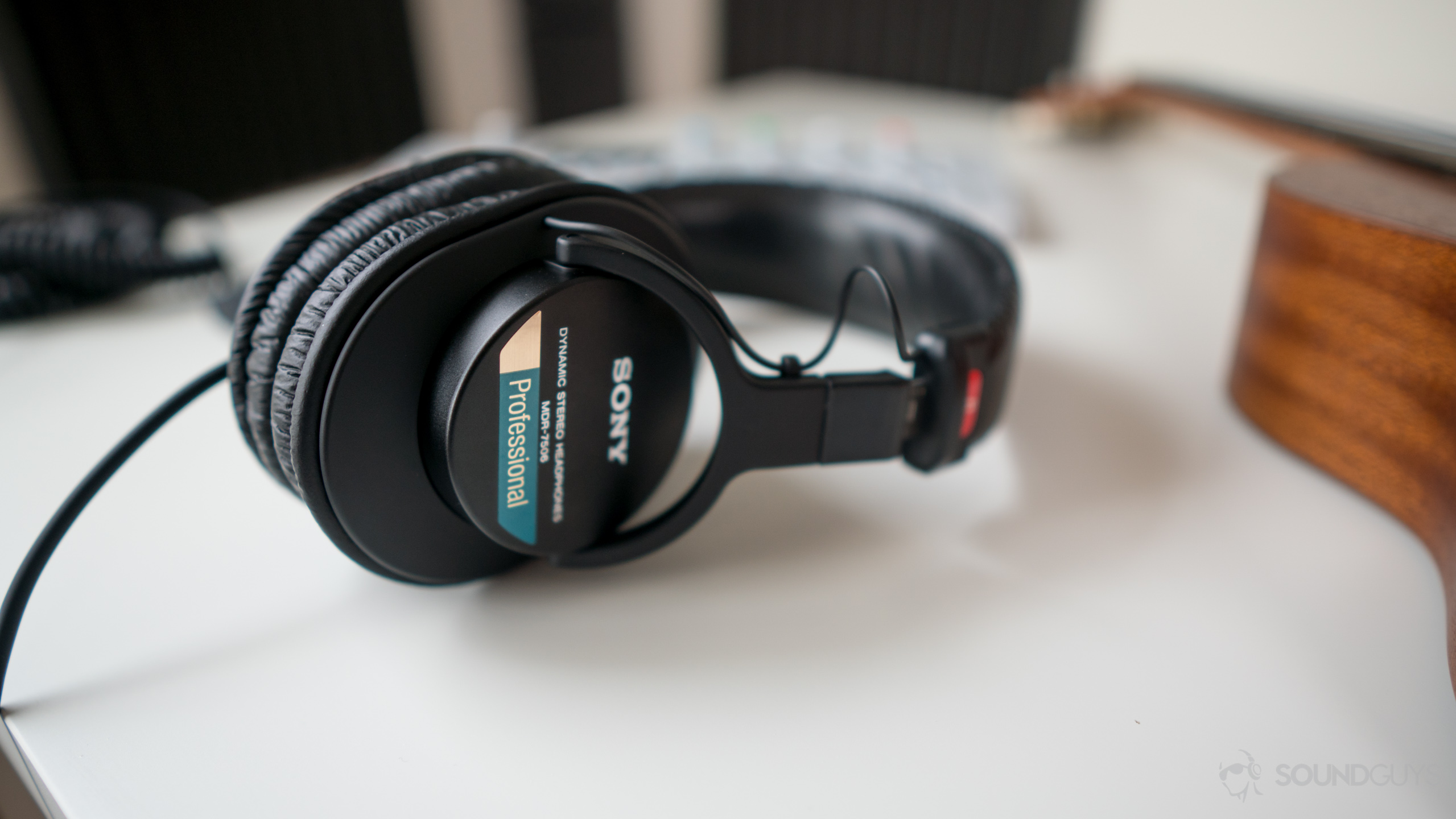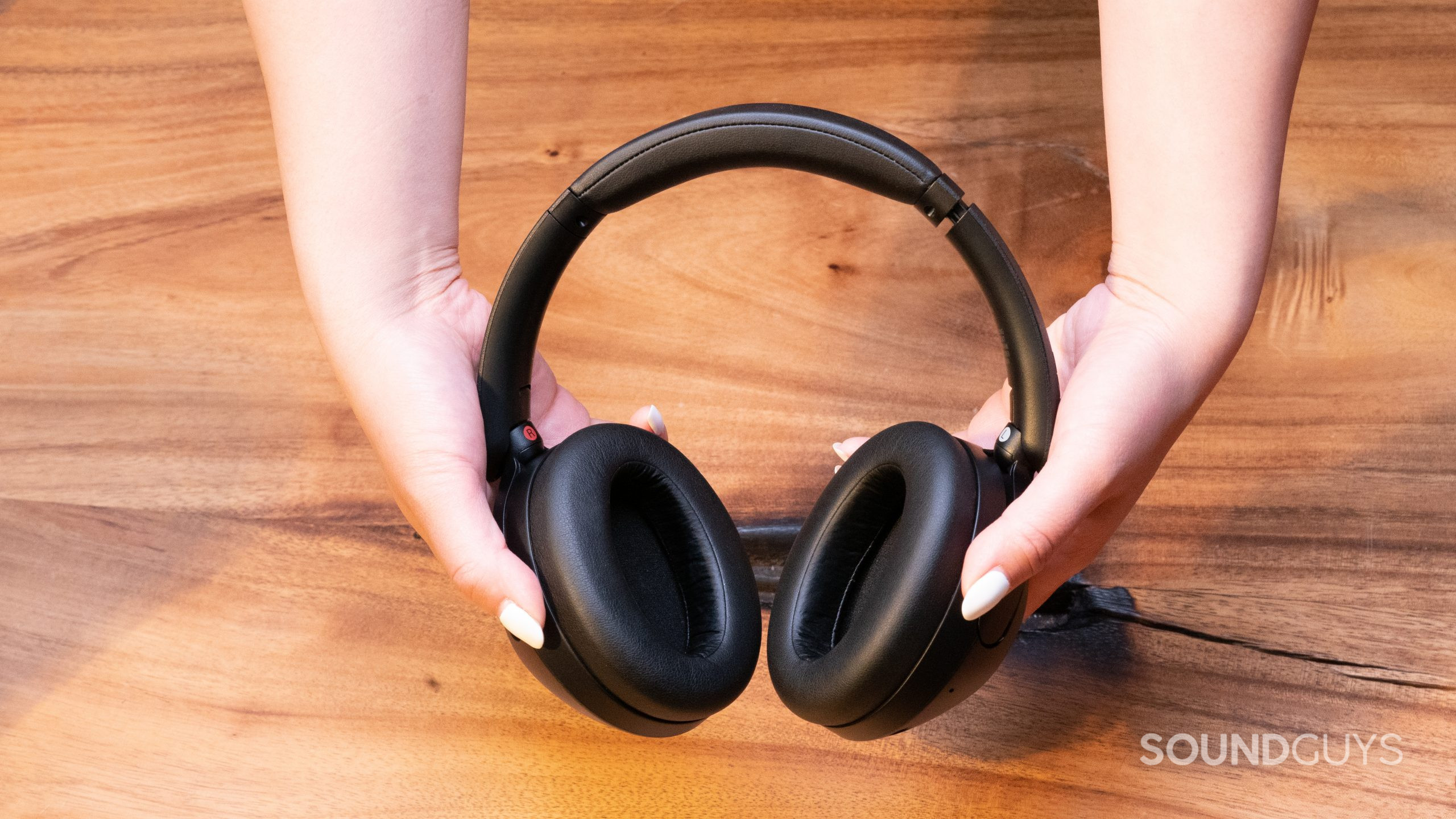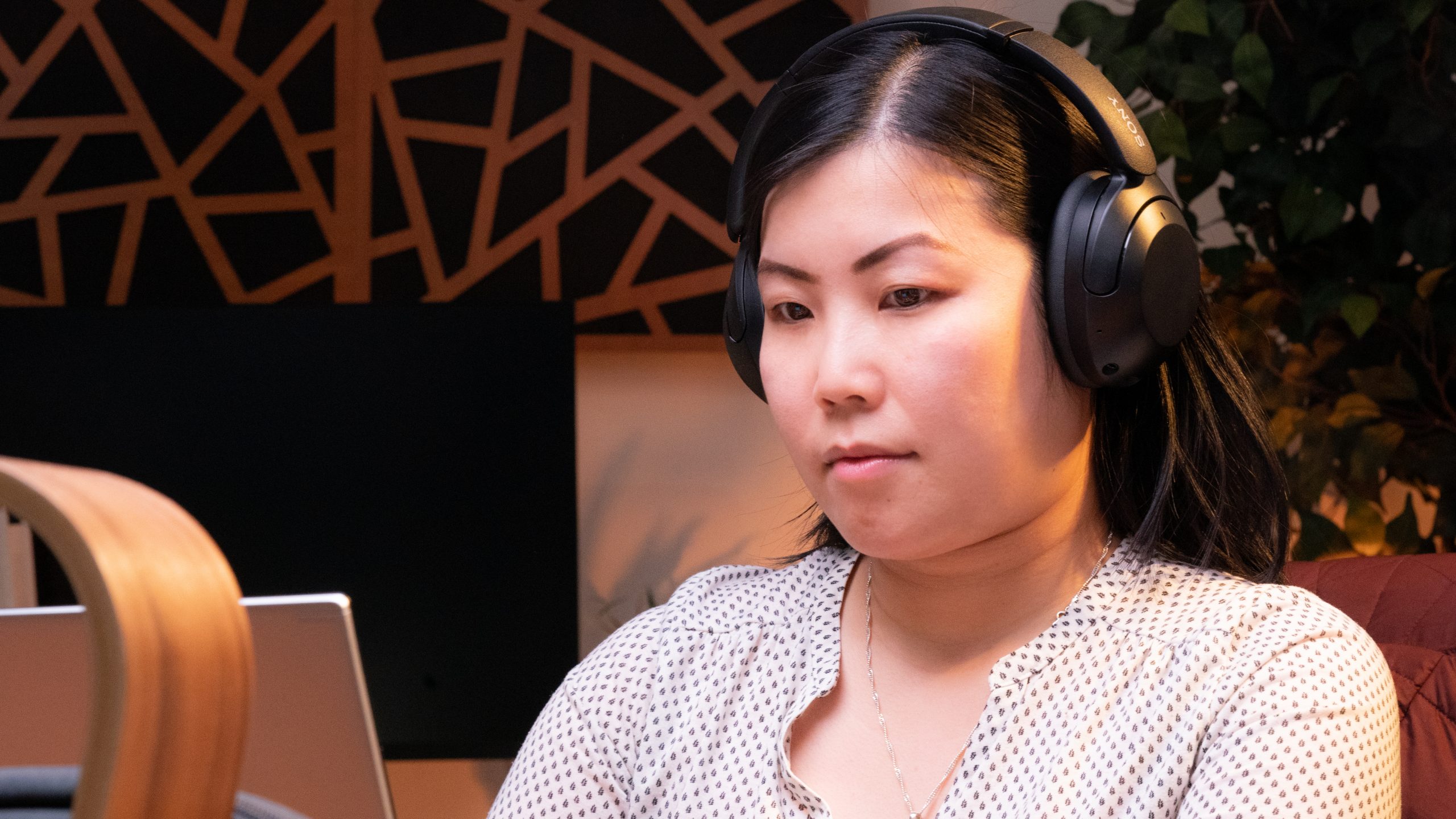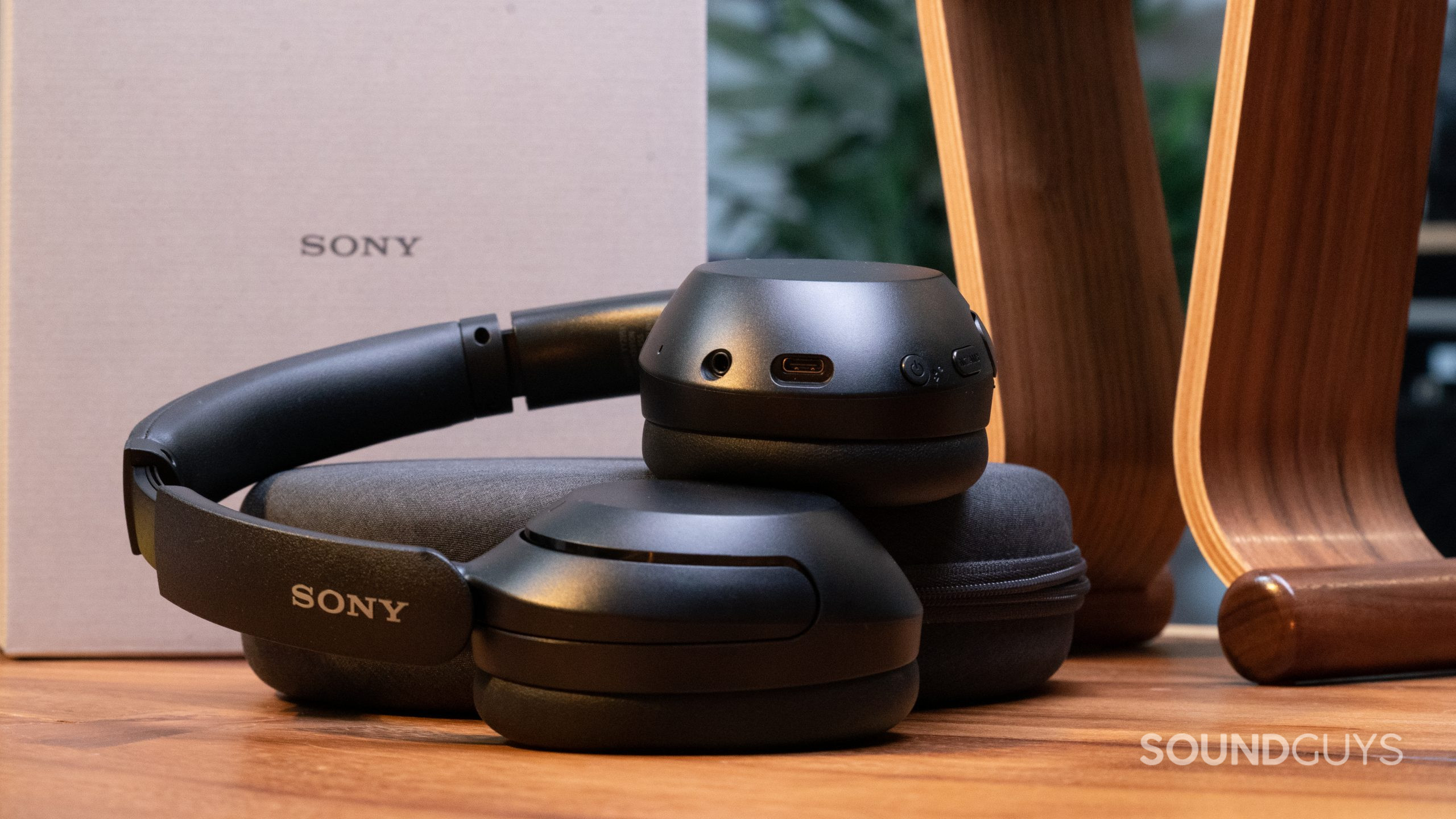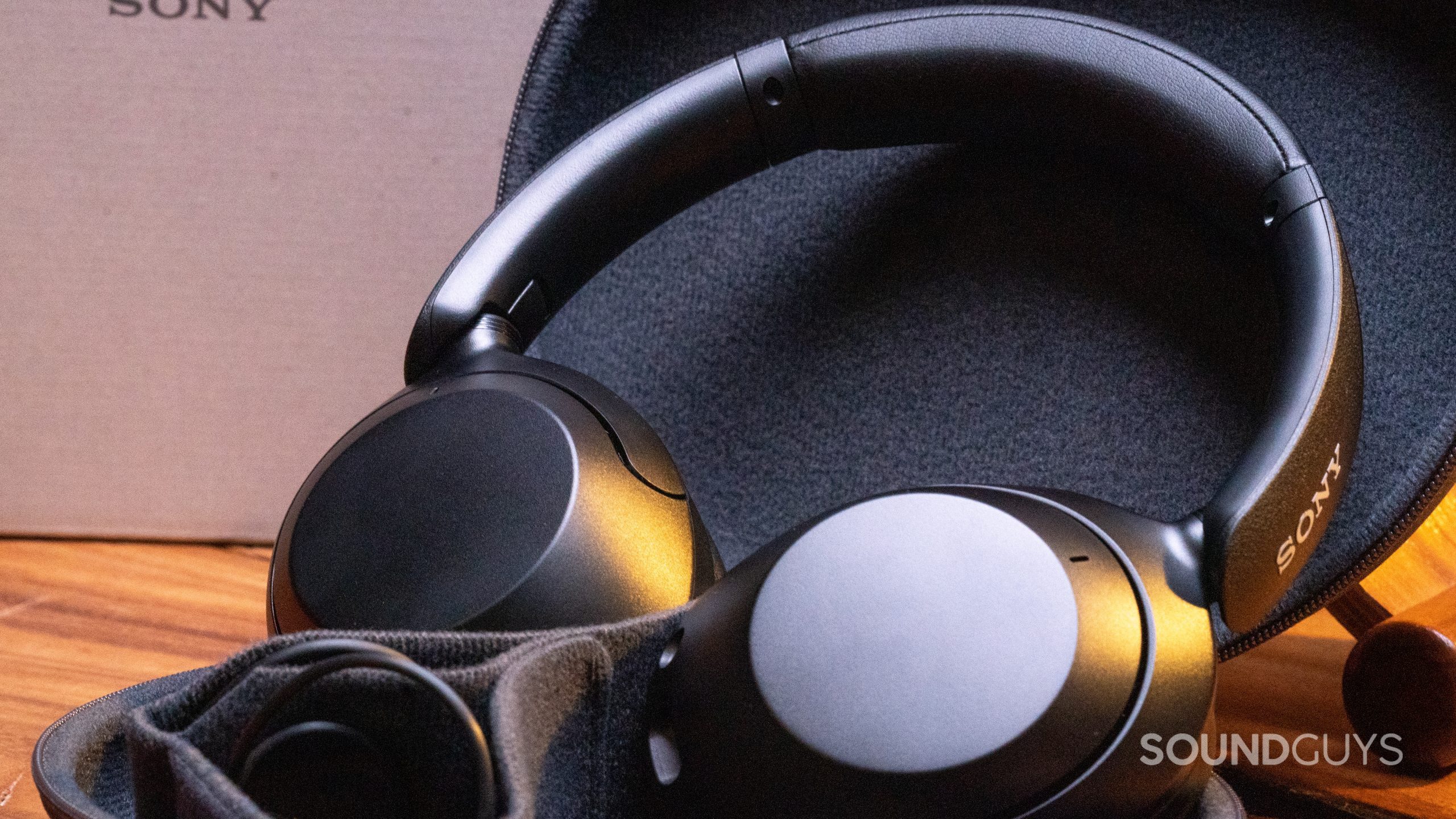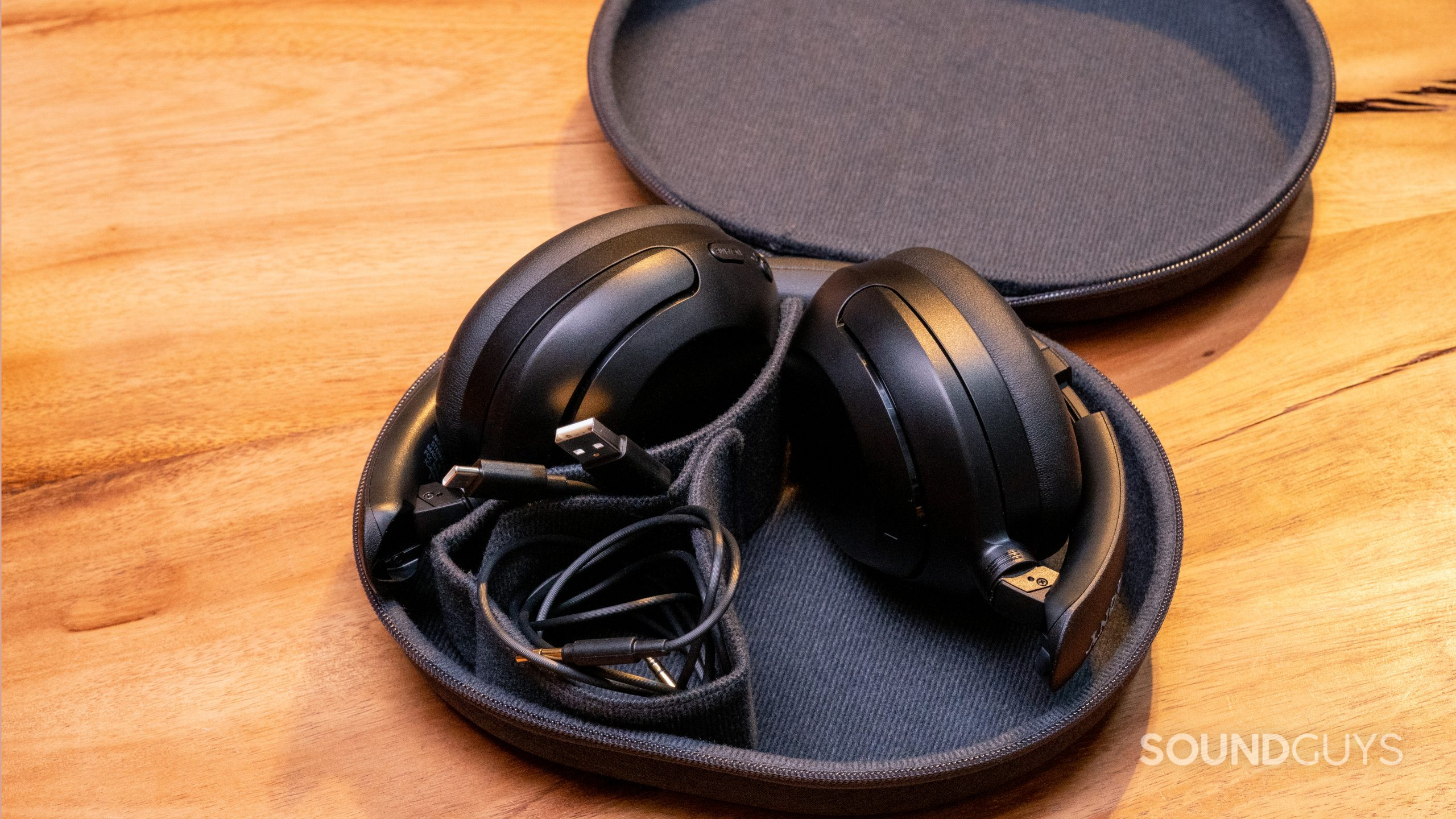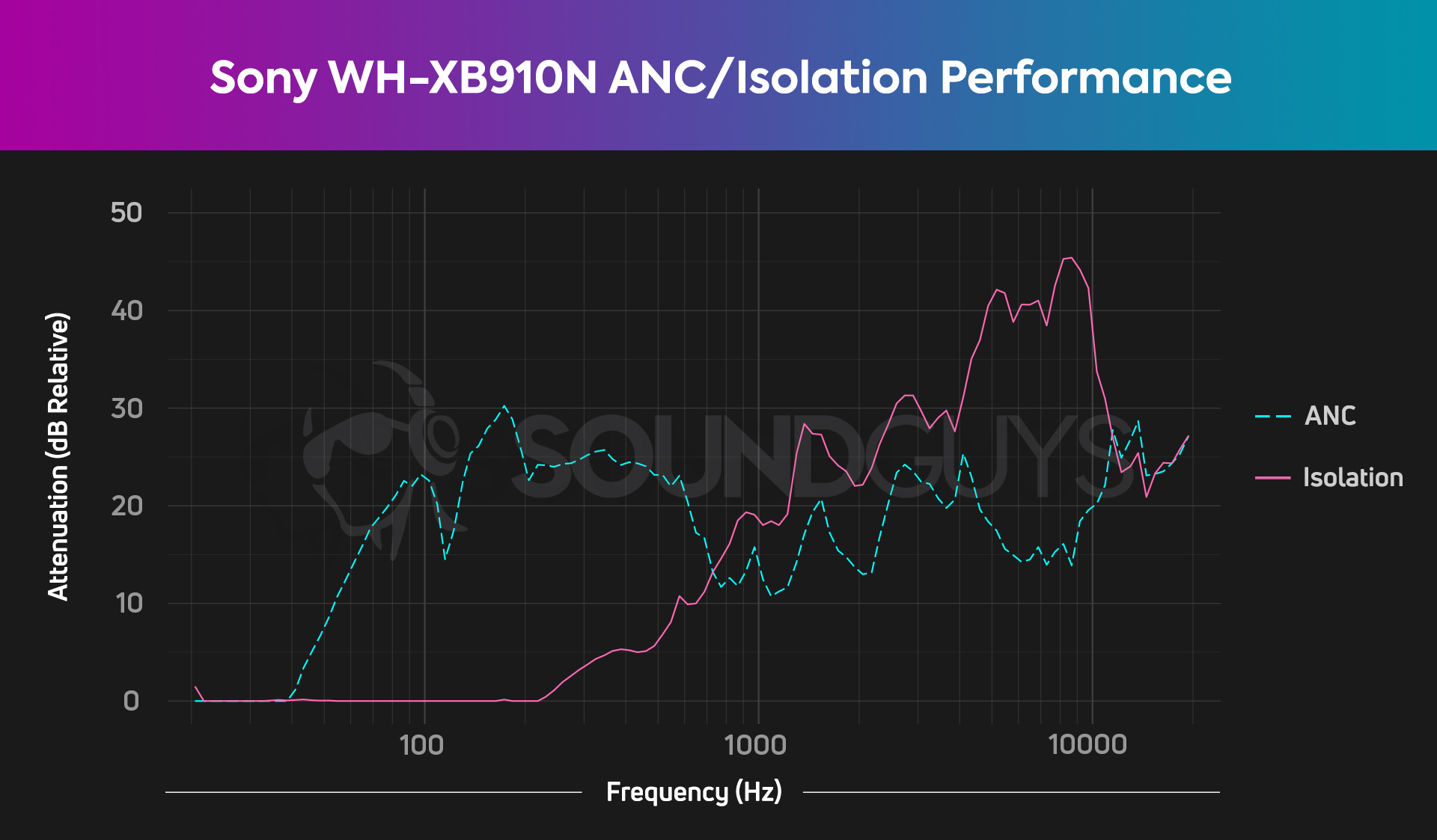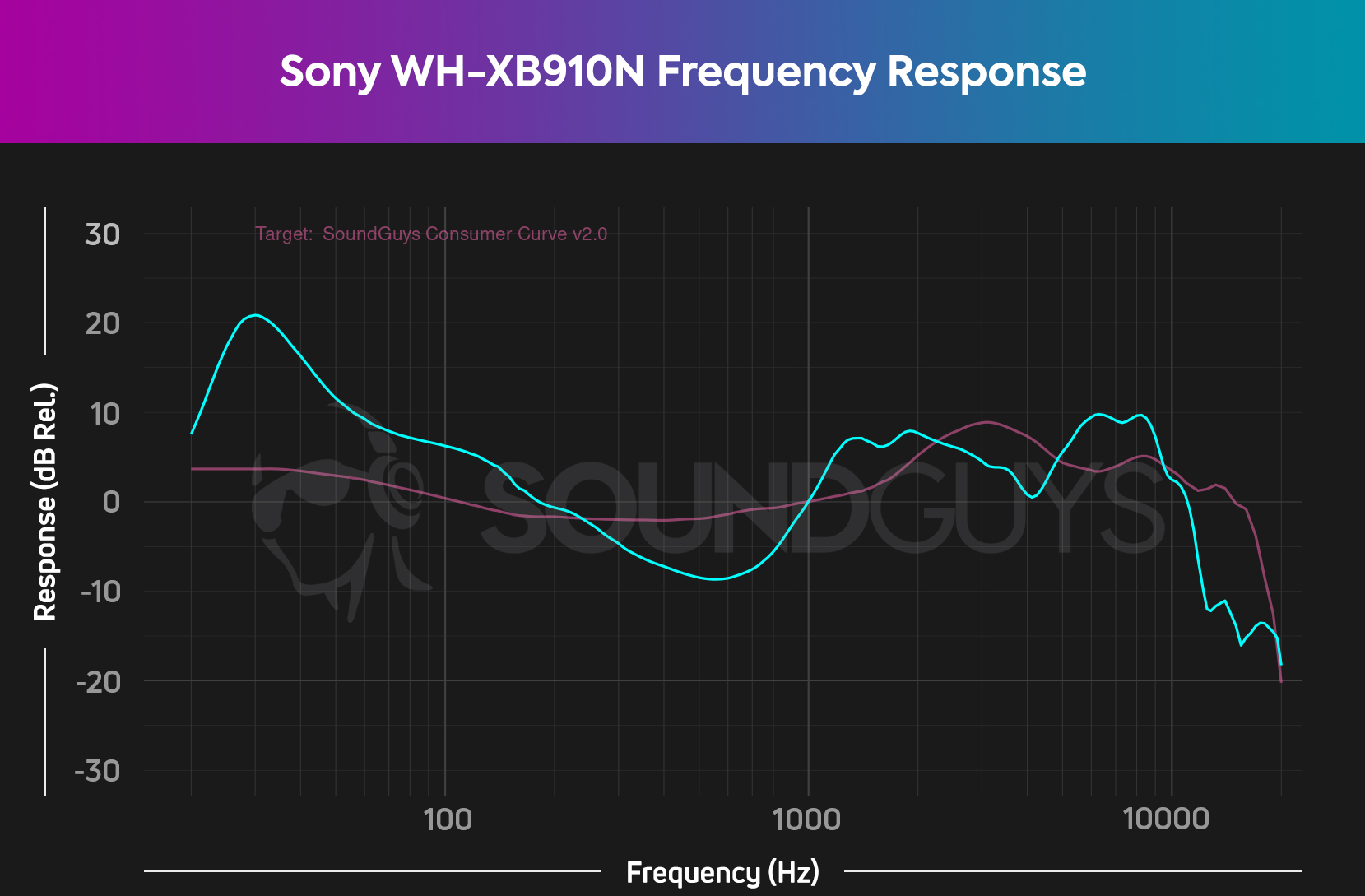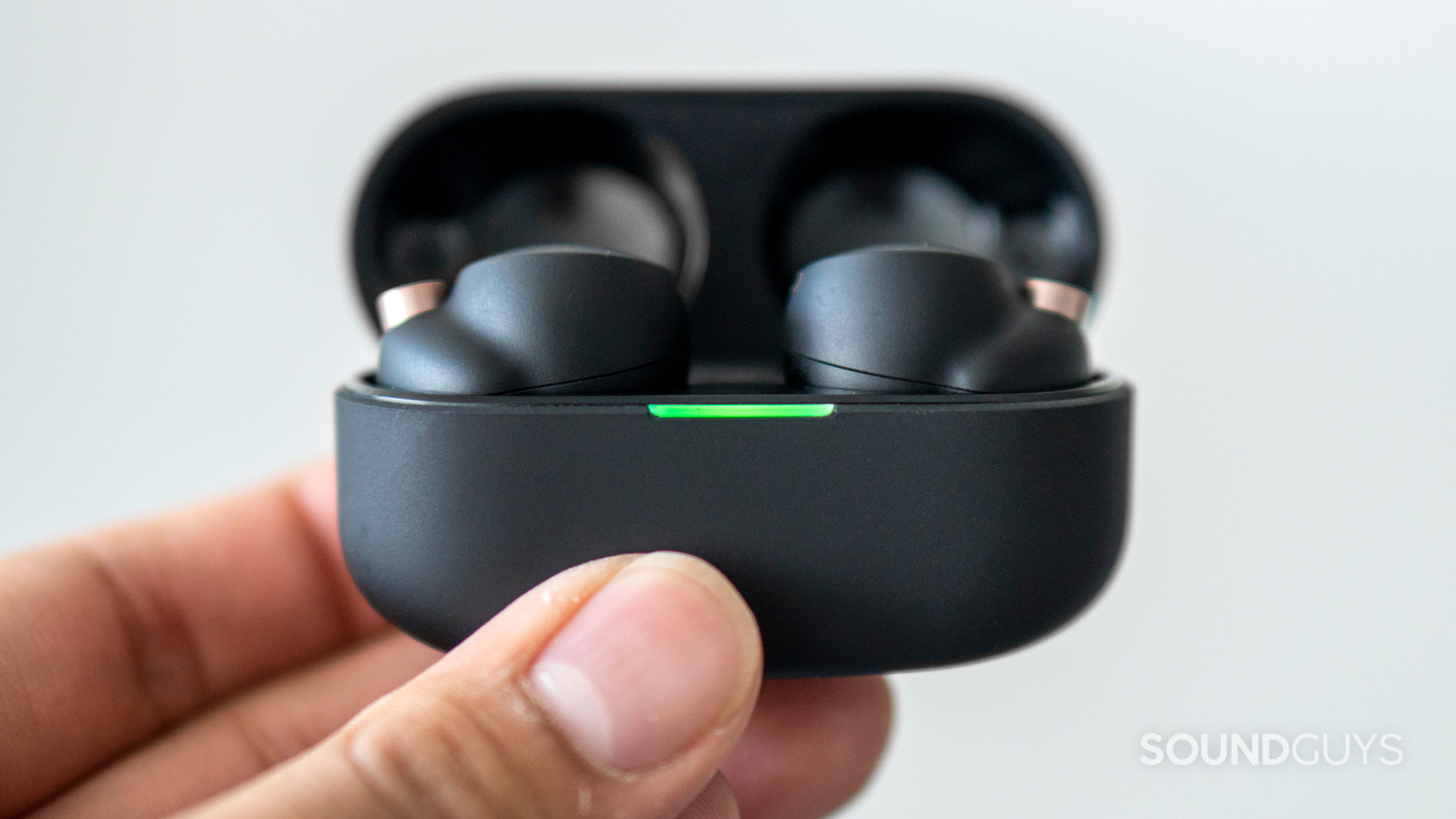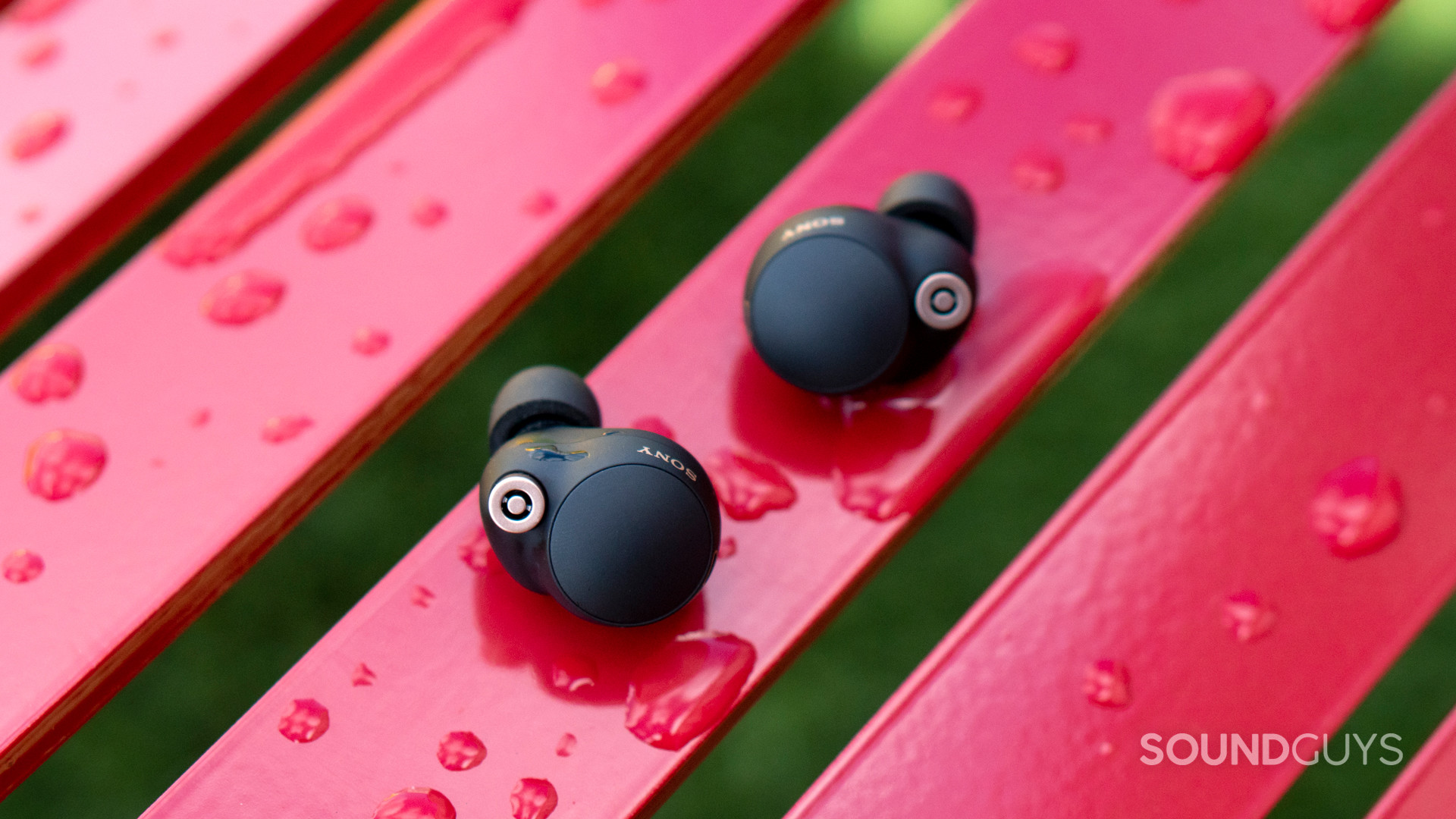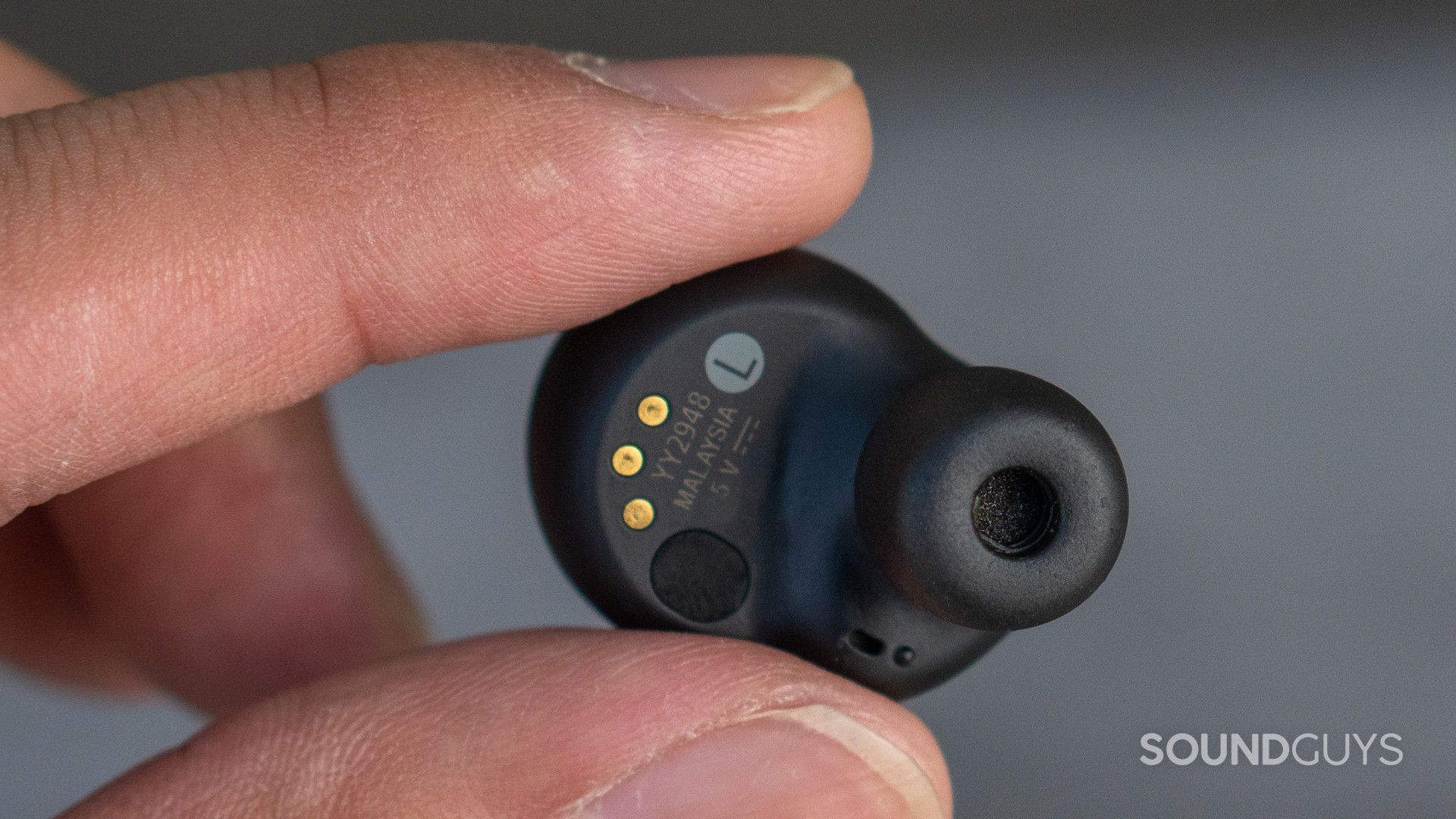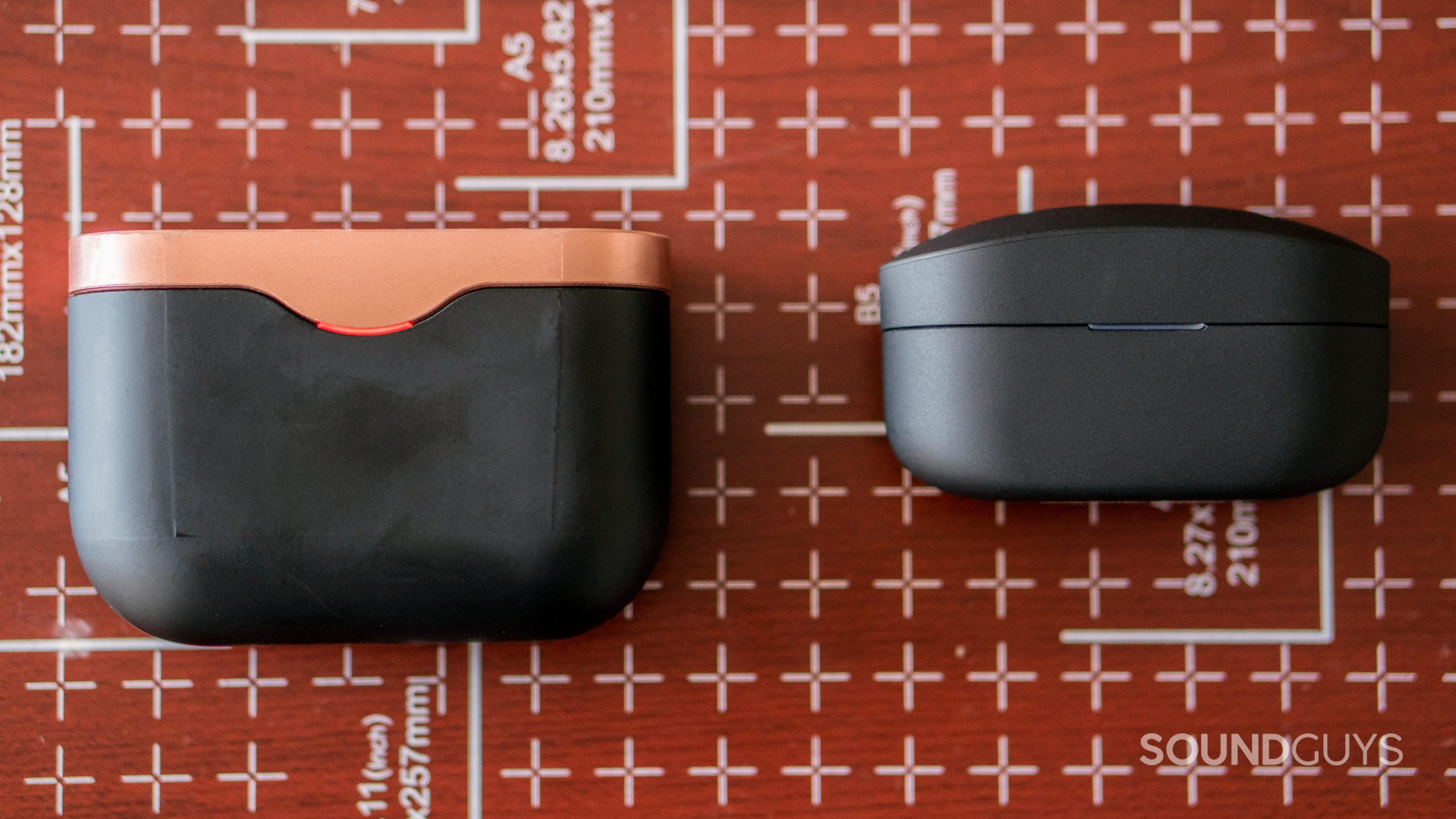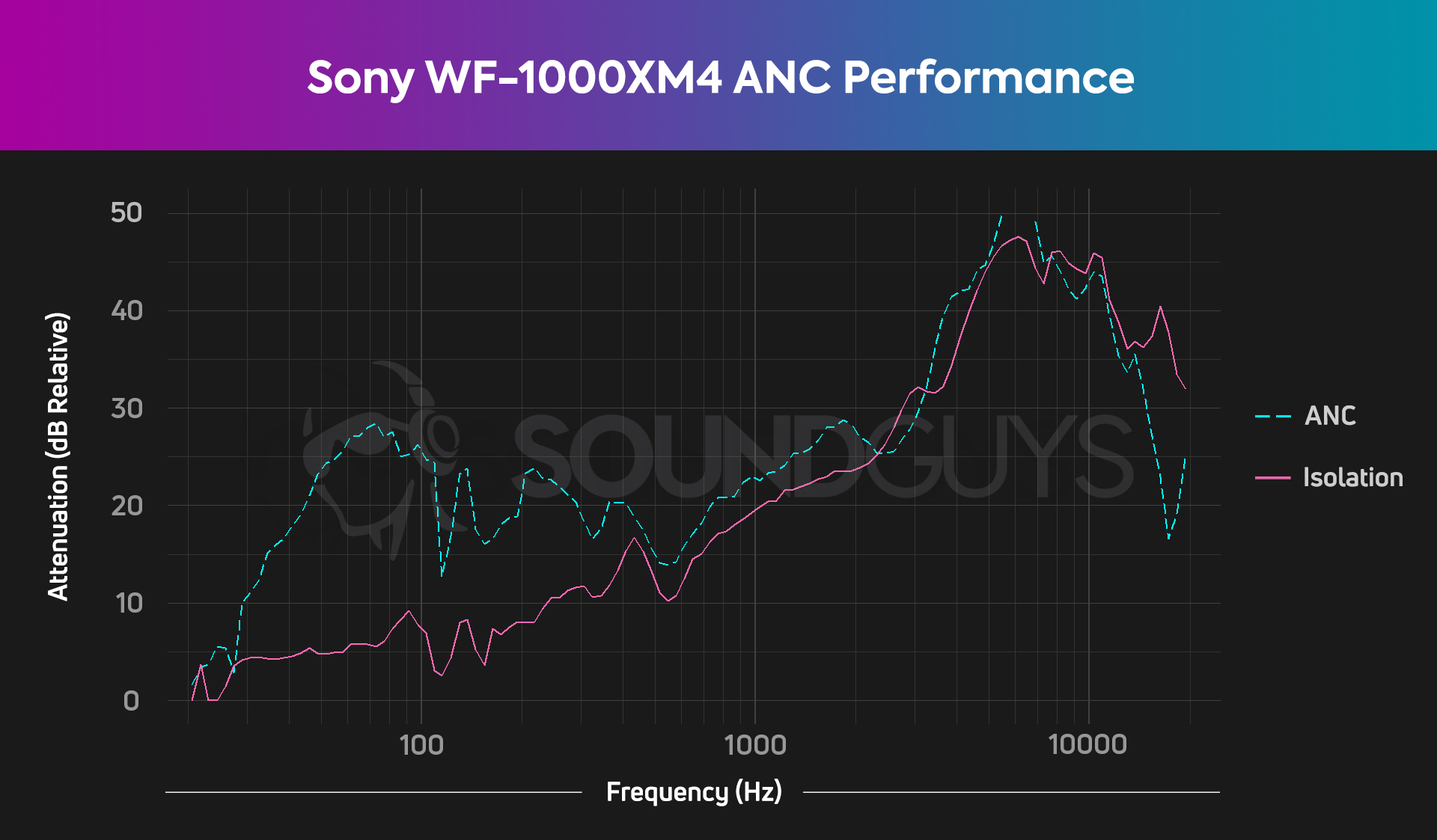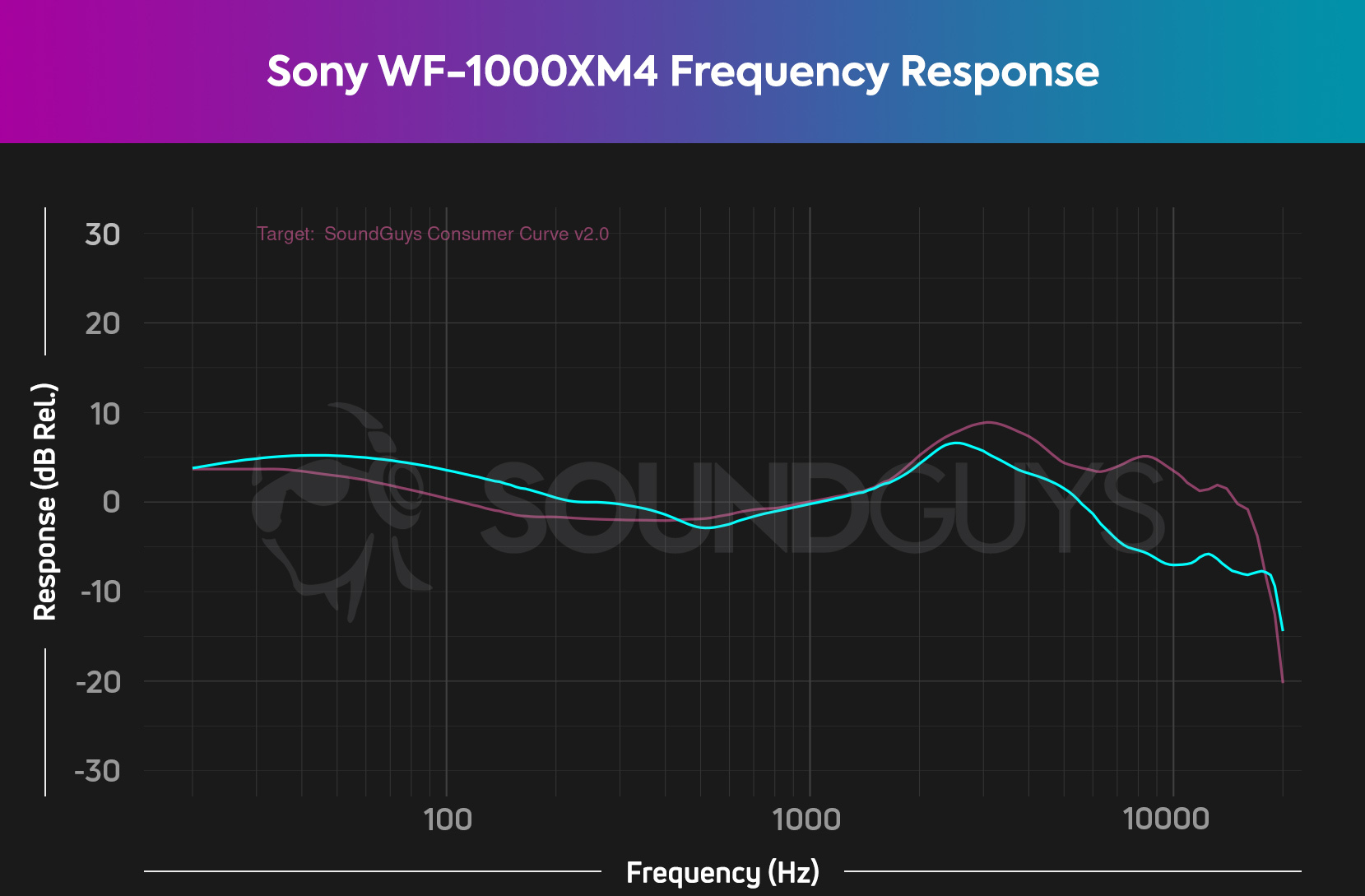Affiliate links on SoundGuys may earn us a commission. Learn more.
Best Sony headphones
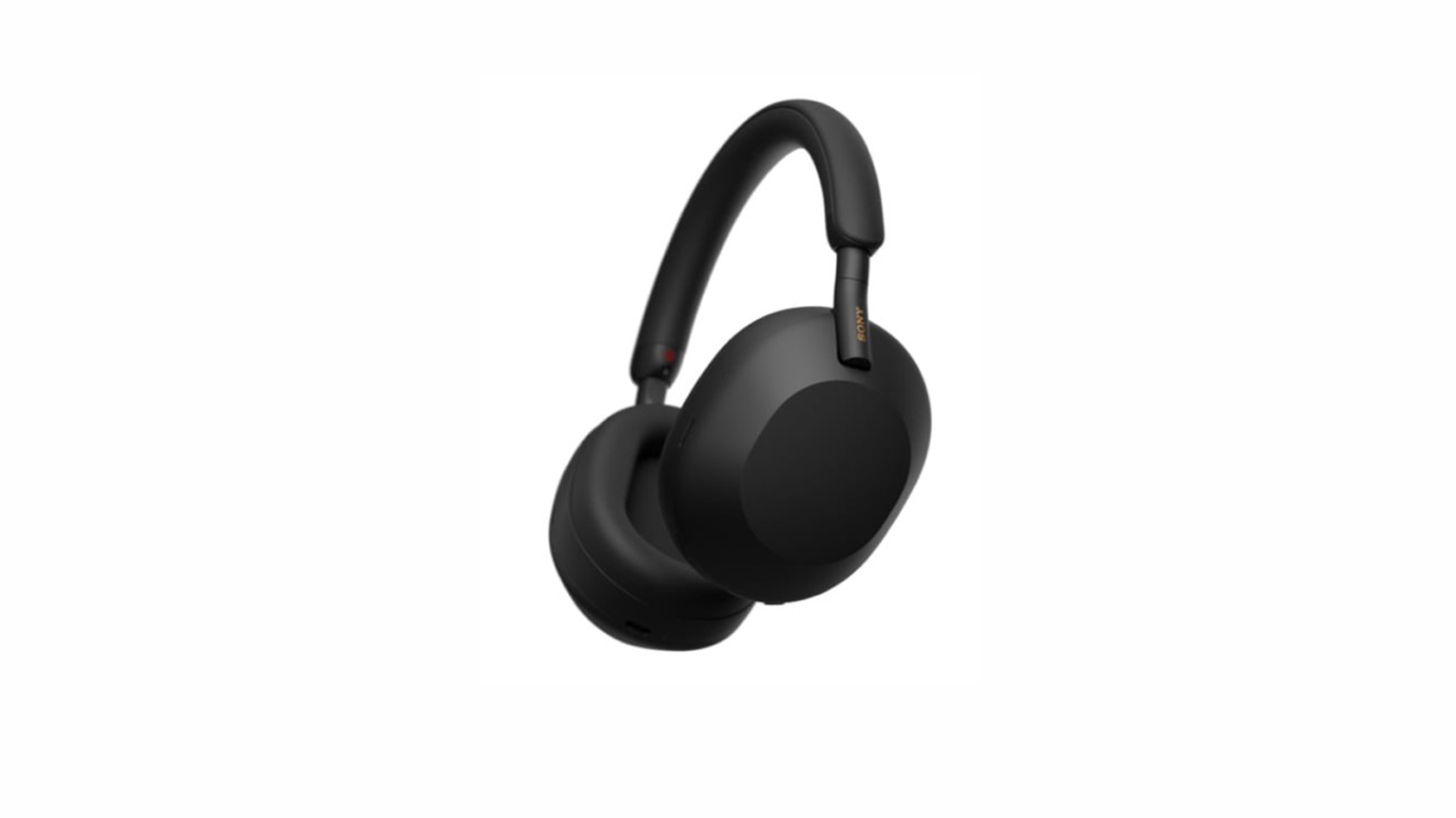
![Sony WH-CH710N [hero] The Sony WH-CH710N in black against a white background.](https://www.soundguys.com/wp-content/uploads/2020/05/Sony-WH-CH710N-hero.jpg)
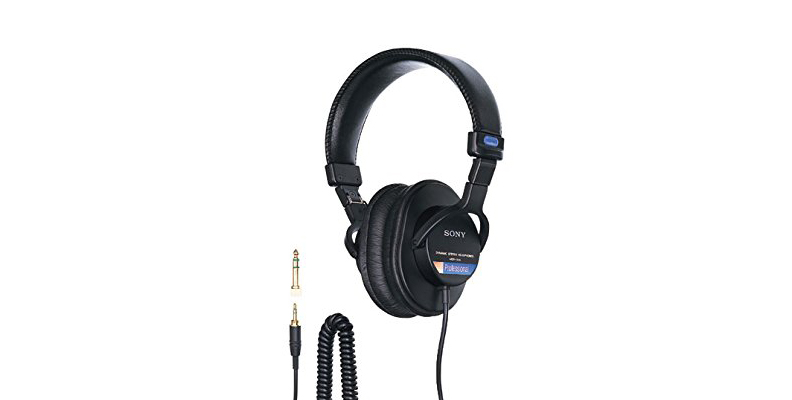
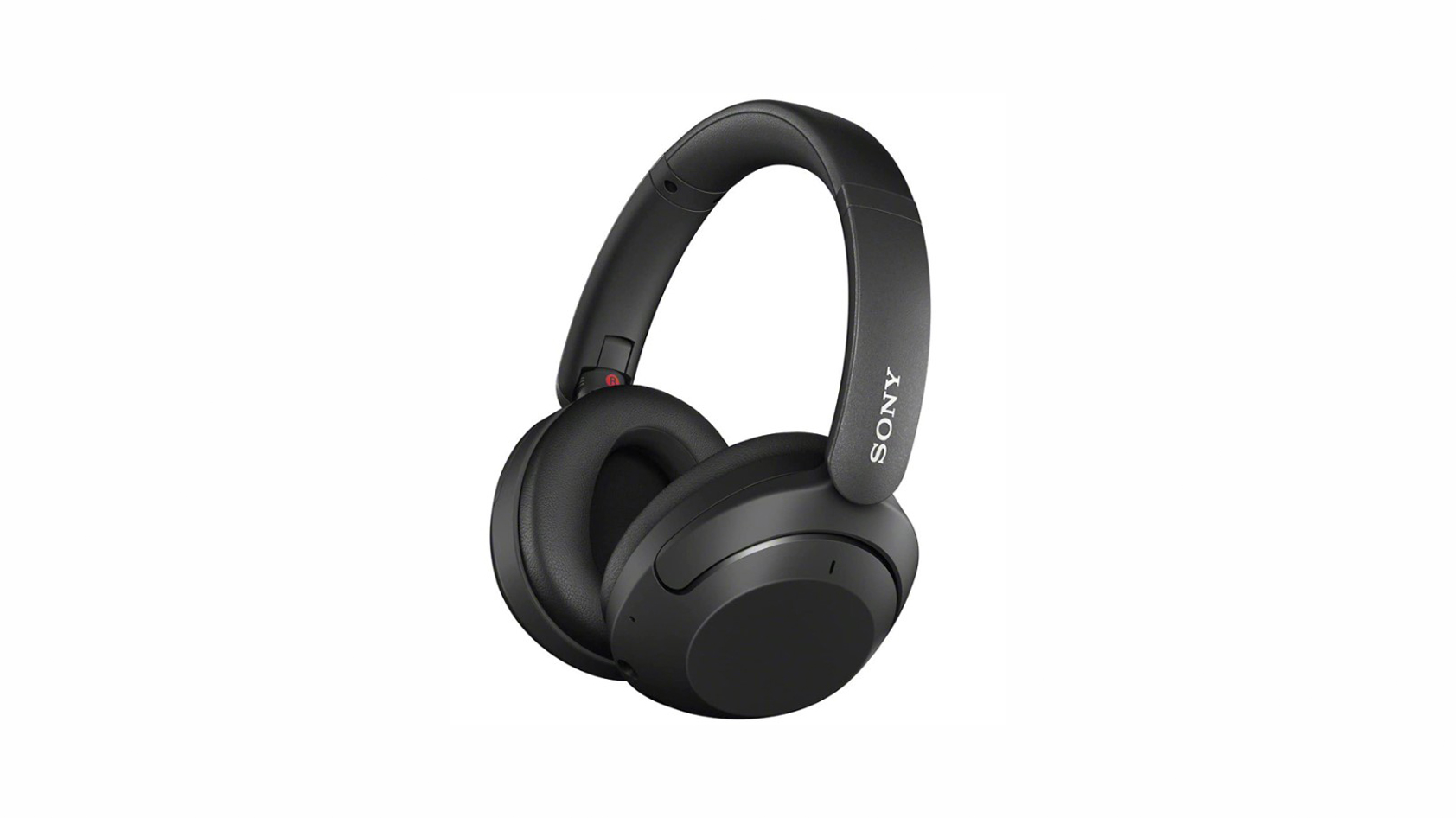
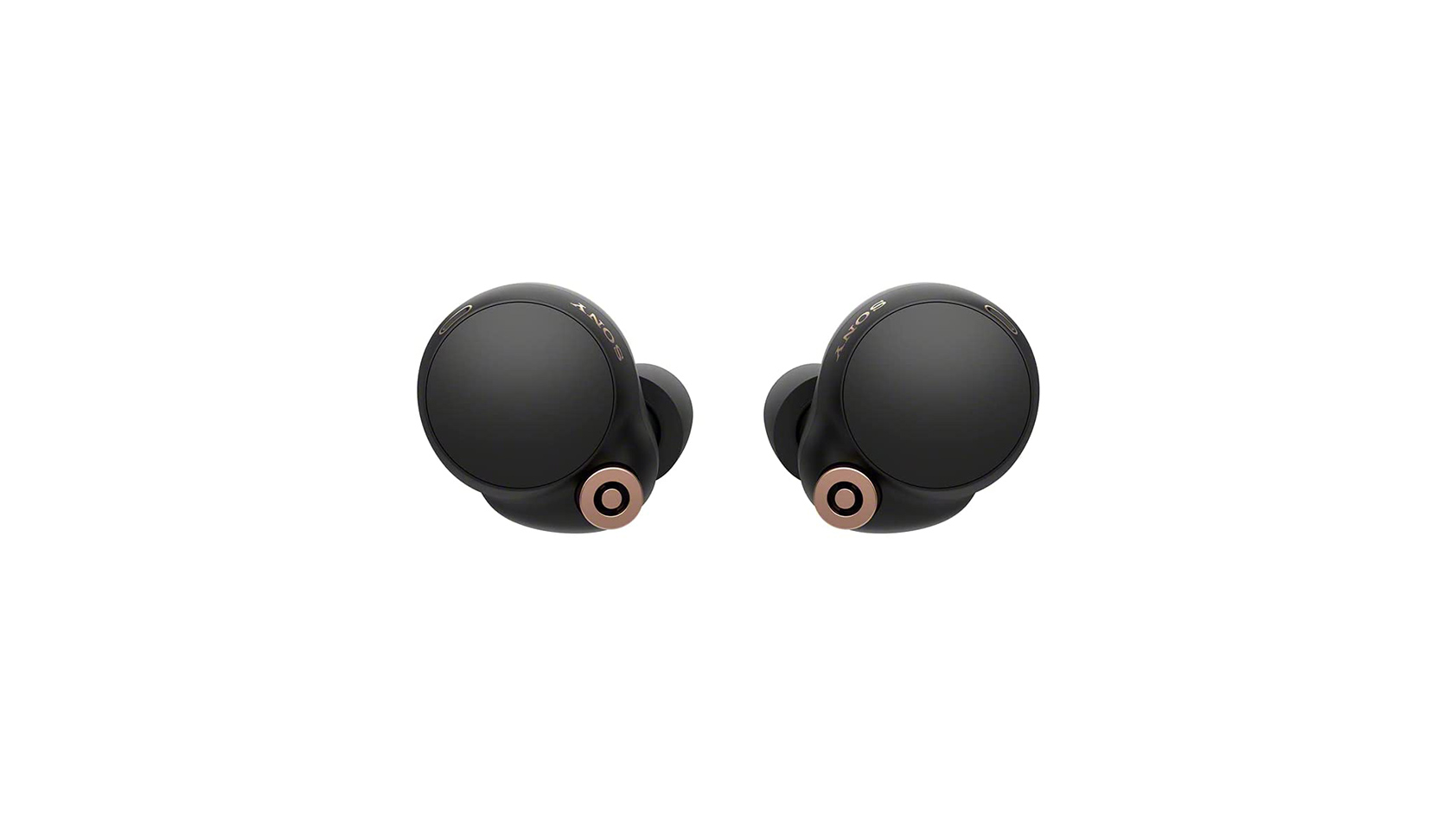
Of all the headphones out there, few are more iconic than Sony headphones. A fixture of portable personal audio since the release of the Walkman in the late 20th century, Sony knows a thing or two about squeezing performance out of consumer products. Sony headphones have been around for decades, and the choice of production professionals and consumers alike for a long time. We’ve spent a week or two with each of our top picks and feel ready to help you find the best Sony headphones for you.
Editor’s note: this list was updated on January 27, 2023, to update the formatting and remove outdated prose.
For our top five picks, you can find the isolation and frequency response charts at the end of each image gallery. You can learn more about how to read our charts here.
Why is the Sony WH-1000XM5 the best pair of Sony headphones for most people?
Of course, Sony makes one of the consensus best picks in the ANC headphones category: the Sony WH-1000XM5. Like the WH-1000XM4, Sony’s newest flagship headset is pretty much the best option on the market and works well in just about any situation. The WH-1000XM5 is definitely on the pricey side at $399 USD (debuting at $50 USD more than the XM4 headphones), but many noise canceling headphones are considerably more expensive. It’s well worth the price, but you may want to grab something less expensive if you’re worried about making rent.
Objectively, this is one of the best pairs of headphones you can buy, period. The Sony WH-1000XM5 has some of the best noise canceling on the market, and considerably better attenuation in the low and midrange relative to its predecessor. We also like how Sony re-tuned the WH-1000XM5 to have a less extreme treble output. The sound is still bound to please most consumers, but music of all genres should sound pretty good out of this headset with minimal equalizing. Of course, you can create a custom EQ through the Headphones Connect app, if you want to tone down the bass output a bit.
In our tests, the battery lasted 31 hours, 53 minutes with ANC on. You can fast-charge it via USB-C: three minutes provides 180 minutes of playback. Should you find yourself on a long flight and the battery dies, well, you can just use the 3.5mm cable for wired listening.
For those working at home or taking calls on the go, the Sony WH-1000XM5 is a standout companion. The headset handles sub-optimal conditions like wind extremely well, and it’s hard to hear a difference between the two samples below.
Sony WH-1000XM5 microphone demo (Ideal):
Sony WH-1000XM5 microphone demo (Wind):
How does the microphone sound to you?

Need good noise canceling on a budget? Get the Sony WH-CH710N
Next up is the Sony WH-CH710N. This represents Sony’s attempt to get some of its ANC and sound quality pedigree into a more affordable headset.
In our review, we state that the newer model is a worthy successor to the previous WH-CH700N, with a few caveats. The newer headphones don’t support aptX HD, relying solely on AAC, which won’t serve Android users perfectly. We also have concerns about its durability over time. Ultimately, this is a very good pair of headphones.
The WH-CH710N doesn’t have as many features as the WH-1000XM5, but it offers decent wireless performance. These headphones are a great option if you only care about listening to music on the go, but aren’t ready to plunk down $300 USD.
The microphone quality is pretty good on the WH-CH710N, but it can’t compare to the company’s current flagship.
Sony WH-CH710N microphone demo (Non-standardized):
How do these sound to you?
![Sony WH-CH710N [hero] The Sony WH-CH710N in black against a white background.](https://www.soundguys.com/wp-content/uploads/2020/05/Sony-WH-CH710N-hero.jpg)
The Sony MDR-7506 is a great studio headset
Students, video producers, and the budget-conscious will find a trusted ally in the Sony MDR-7506. Built off the 35-year-old Sony MDR-V6 design, this pair of Sony headphones hasn’t changed much from the original formula (outside of a folding band, that is).
The MDR-7506 is found in studios worldwide for its fairly neutral sound and competitive price. While it lacks any official water-resistant rating, it’s extremely durable and the vinyl ear pads are easy to clean at the end of a session. Several third-party vendors make replacement ear pads for MDR-7506, so you can keep this on your shelf for years and years. If you wear glasses, look into fabric or velour pads for best results.
Because this pair of headphones is purpose-built for audio playback only, you won’t find noise canceling, a microphone, or voice assistant features. For those, you’ll have to open up the wallet a little bit to get one of the Sony headphones that do.
You can learn more about this headset in our Sony MDR-7506 video review.

The Sony WH-XB910N is the best headset for bass heads
If you’re always equalizing your headphones to have more bass, then the Sony WH-XB910N is for you. This headset boosts bass to a silly degree: certain sub-bass frequencies receive a 20dB boost (i.e., four times louder) relative to our house curve. This kind of bass response lands squarely in “bonkers” territory, but if you like bass, you like bass. Be aware that there are downsides to this kind of heavy bass response like unclear mids and treble.
This headset has more to it than its insane bass resposne, however, and you can find many of its features in the Headphones Connect app. Aside from a handful of EQ presets, Sony provides a nice equalizer module where you can customize the sound. That said, its flexibility is limited so you won’t be able to match our consumer curve perfectly. The app is also where you can adjust your listening mode, toggle adaptive sound control, enable or disable the touch panel, and more.
Active noise canceling is quite good on the WH-XB910N with bass and midrange frequencies sounding one-quarter to one-fifth their perceived loudness. The passive isolation is also very good too. If you can get the ear pads to comfortably fit properly around your ears, you’ll notice that incidental sounds like a crying baby are anywhere from one-eighth to one-sixteenth their original loudness.
Ultimately, this isn’t the best headset in Sony’s line up but it is very good and a nice alternative to other companies’ headphones like the Sennheiser PXC 550-II and Bose QuietComfort 35 II.
The Sony WH-XB910N has a pretty good microphone on it and will do for casual work and phone calls, but it isn’t the same caliber as the Sony WH-1000XM5.
Sony WH-XB910N microphone demo (Ideal):
Sony WH-XB910N microphone demo (Wind):
How does the microphone sound to you?

Listen anywhere with the Sony WF-1000XM4 wireless noise canceling earbuds
As far as true wireless options go, the Sony WF-1000XM4 (notice a pattern here?) offers probably the best experience you’re going to get with true wireless earphones. By paying attention to both the big and little things that make a good set of true wireless earphones, this is among the best in its category.
The WF-1000XM4 is built around sound quality, active noise cancellation, and battery life, owing to its new V1 chip and Bluetooth 5.2 hardware under the hood. The polyurethane foam ensures a good fit by expanding to meet your ear instead of just putting a ton of force onto your ear canal as silicone tips do. Users will probably prefer the Sony WF-1000XM4 to either the AirPods or AirPods Pro. The noise canceling is more effective than that of any other true wireless earphones.
You also get a host of software features like Sony 360 Reality Audio, Speak to chat, a custom EQ, and more, through the Sony Headphones Connect app (iOS and Android). You’ll want to take advantage of that in-app equalizer because the default frequency response under-emphasizes treble quite a bit.
You can learn more about this headset in our Sony WF-1000XM4 video review.
The Sony WF-1000XM4 has a great microphone for a pair of wireless earbuds and does fairly well in sub-optimal conditions too. Take a listen to our demos below!
Sony WF-1000XM4 microphone demo (Ideal):
Sony WF-1000XM4 microphone demo (Wind):
How does the microphone sound to you?

Should you get the Sony LinkBuds S instead of the WF-1000XM4?
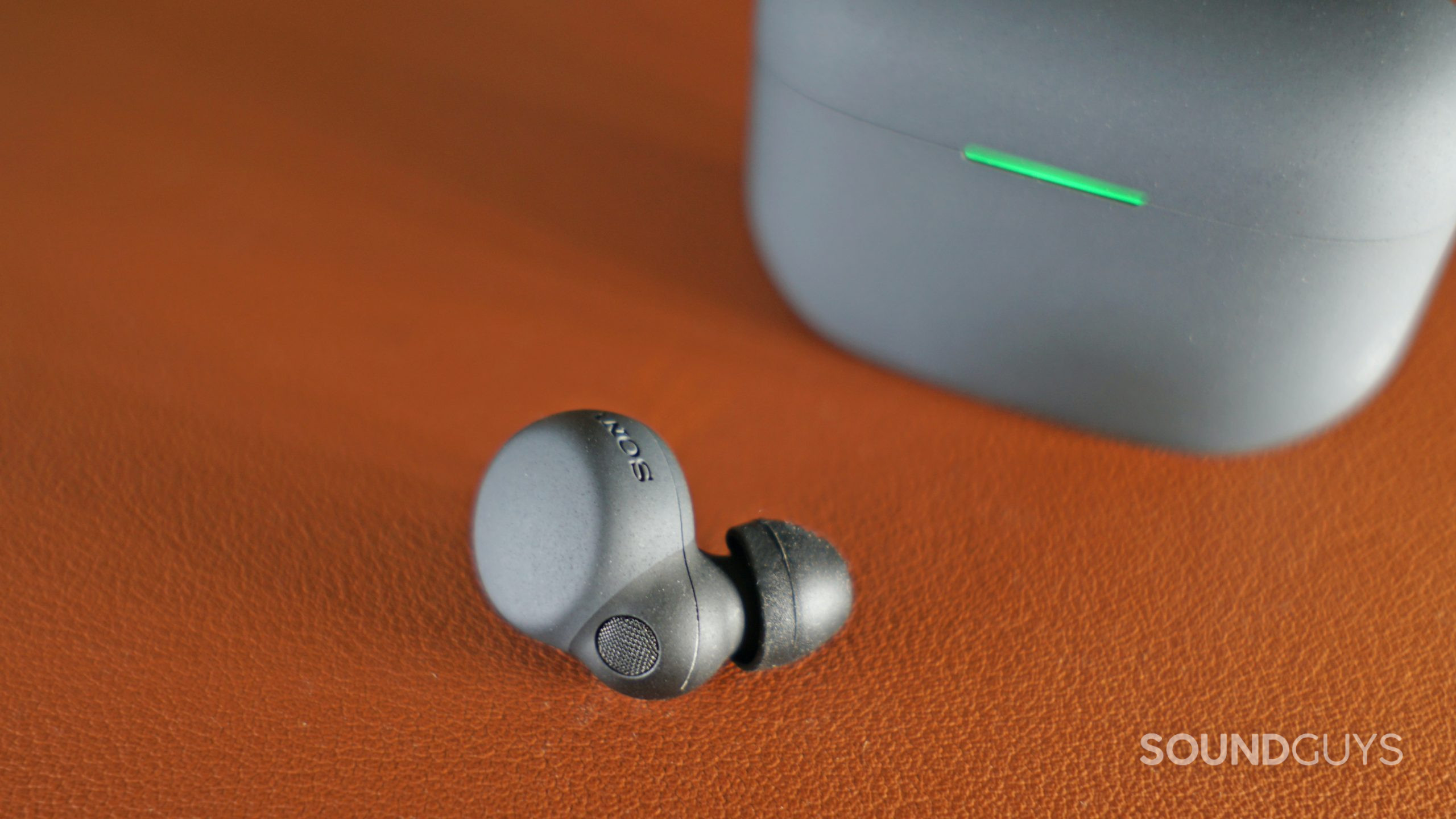
That’s a tricky question because both the LinkBuds S and WF-1000XM4 are great earbuds. While more pedestrian in appearance, the Sony LinkBuds S is well equipped with active noise canceling and an IPX4 rating. Like the glitzier WF-1000M4, the LinkBuds S can handle just about anything. Some may be off-put by the nondescript design, but others may find that fits the bill perfectly.
Noise canceling is very good here and outperforms the older WF-1000XM3 by quite a bit. You won’t get quite the same degree of ANC with the LinkBuds S as you will with the WF-1000XM4, but when you save $80 USD on the LinkBuds S, you may not mind so much.
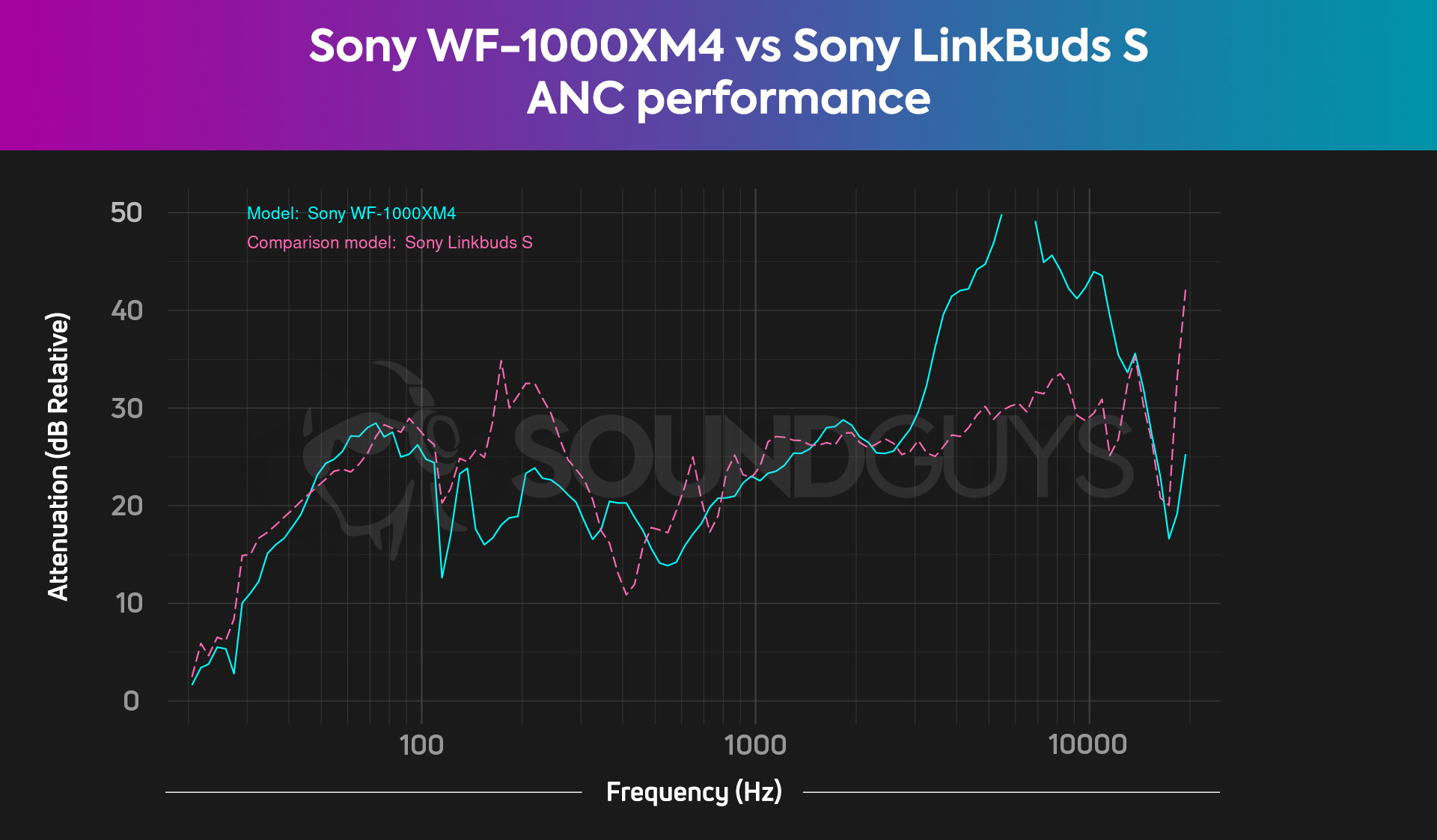
Sound quality is very good with the LinkBuds S, though you’ll hear the noticeable treble de-emphasis from 1kHz and higher. Instrumental harmonics and other high-pitched sounds will come through much quieter than you’re used to hearing. Fortunately, you can equalize this a bit through Sony’s mobile app or a third-party EQ app.
For those who refuse to spend more than $200 USD on earbuds, the Sony LinkBuds S gets you just about everything you could want.

What’s so good about the Sony WF-C500?
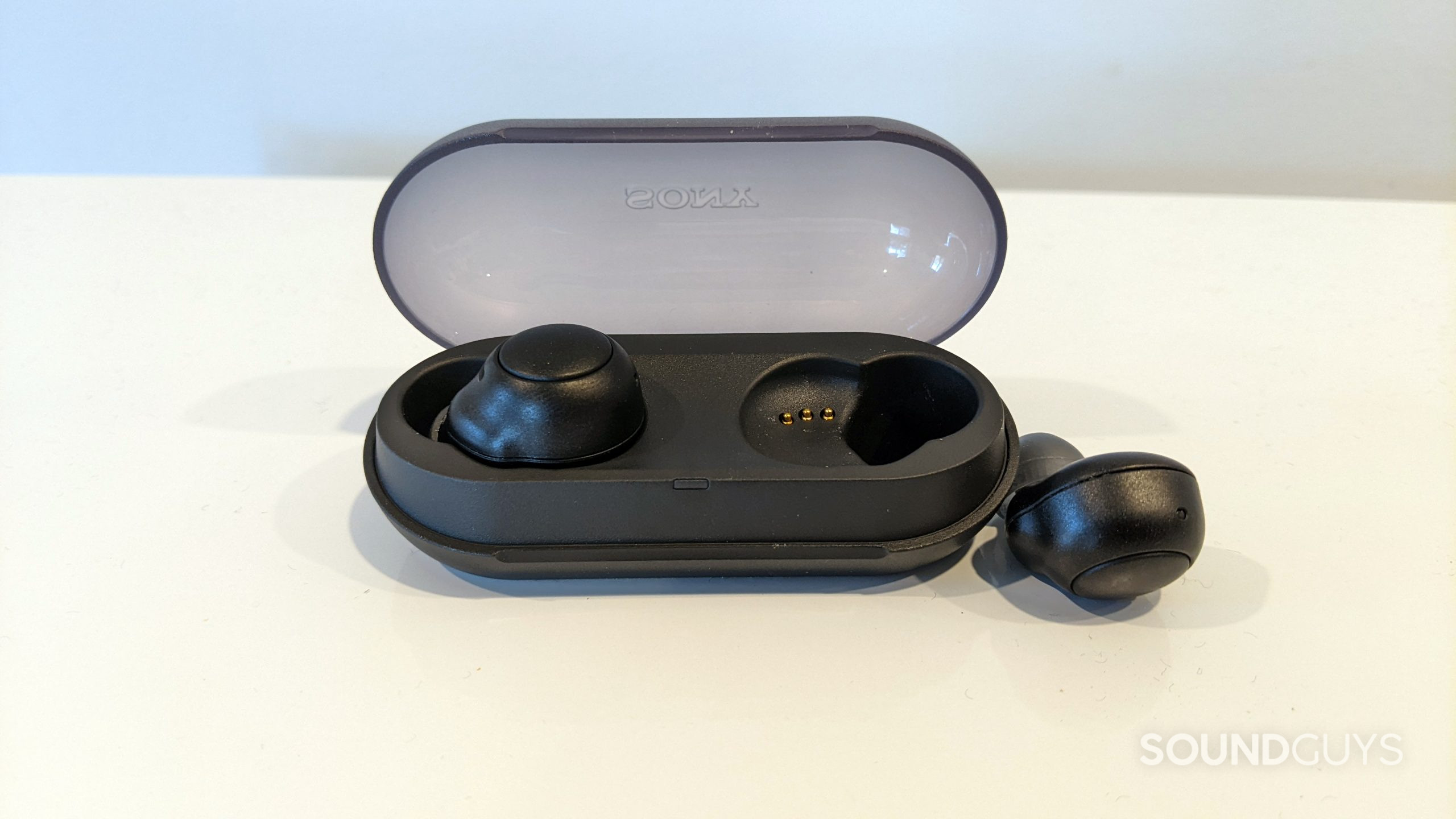
The Sony WF-C500 isn’t the most unique offering from Sony, but it does a little bit of everything for $70-99 USD. The earbuds do not have noise canceling, but the included ear tips help you get good isolation. Plus, these earbuds have 360 Reality Audio functionality. If you use a compatible music streaming service, that means you can get immersive playback at a bargain price.
You can listen with either earbuds in mono mode, which is great for outdoor exercise and accessibility purposes. There’s also a microphone, so you can make calls without grabbing your phone. If you want a pair of buds that work equally as well during a workout or your commute to work, these make for a solid option.
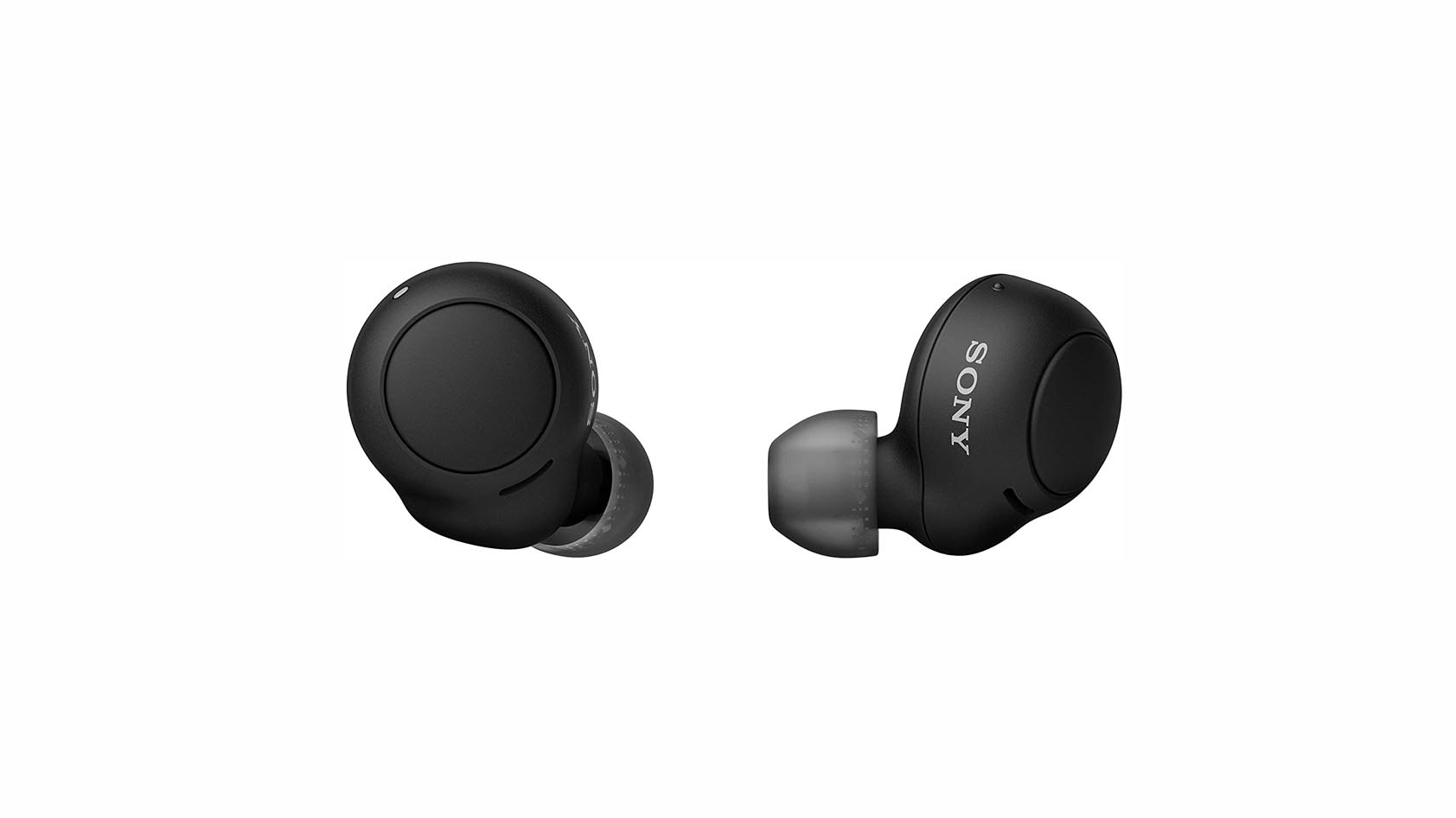
The best Sony headphones: Notable mentions
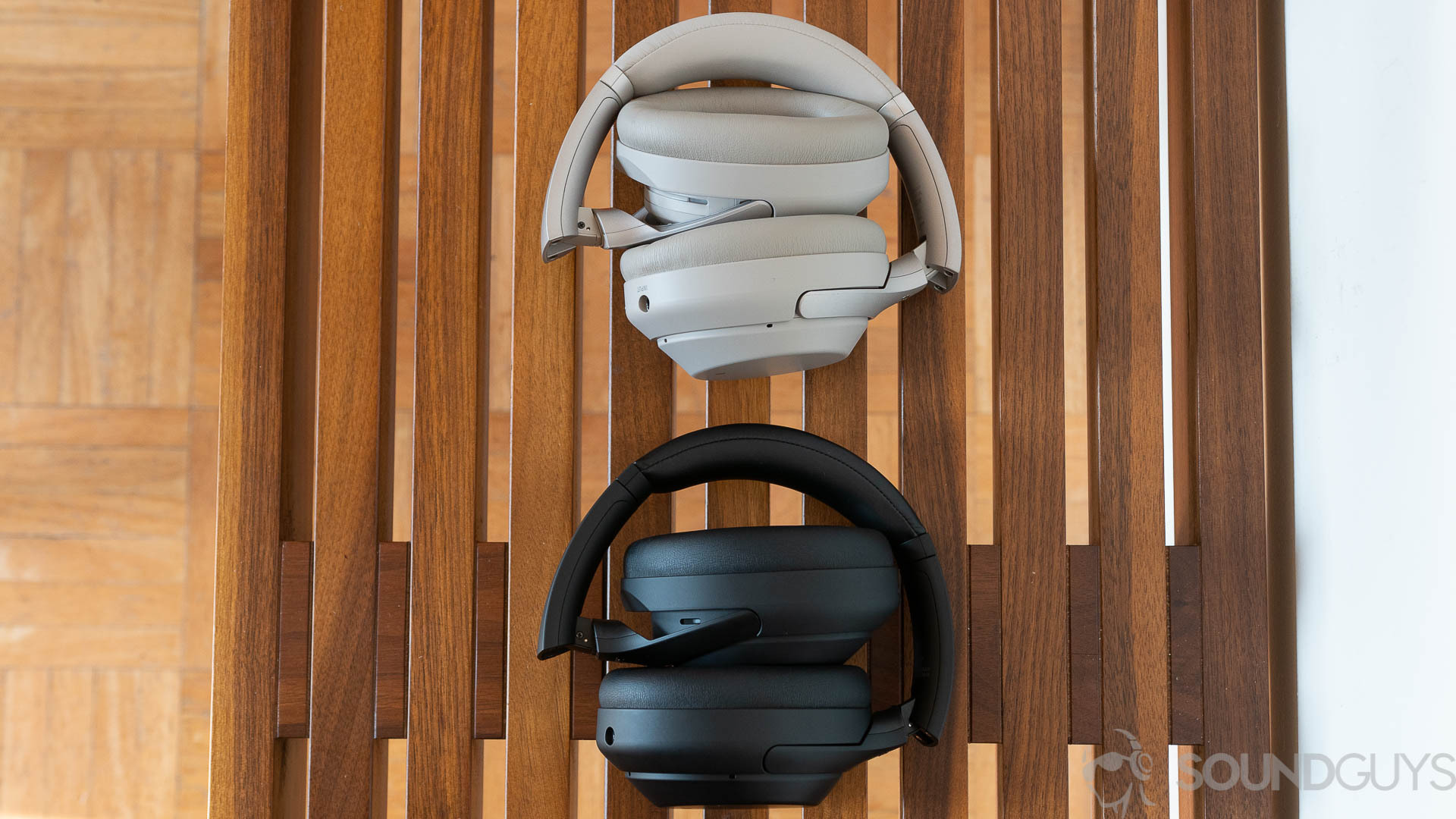
- Sony WF-1000XM3: While these earbuds can’t compare to the WF-1000XM4, you still get premium features like fast charging and great sound. Like the XM4 earbuds, you get to choose between a black/gold or white/gold color palette. The WF-1000XM3 is a bit bigger than the WF-1000XM4 but you save quite a bit of money when you go with the last-gen model.
- Sony WH-1000XM3: They’re not the best on the market anymore, but last year’s model is still a stellar pair of headphones. The Sony WH-1000XM3 can go toe to toe with just about anything else over battery life, sound quality, and noise canceling.
- Sony WI-C400: Sometimes all you want is a cheap set of in-ears, and the Sony WI-C400 neckband earphones is about as inexpensive as you get without straying into “really bad” territory.
- Sony WI-1000XM2: If you took the Sony WH-1000XM4 and turned them into a pair of neckbuds, you’d get the WI-1000XM2. It sports the same QN1 ANC processor found in the company’s flagship headphones, LDAC and AAC support, and deep software integration via the Sony Headphones Connect app.
- Sony WH-XB900N: For the individual who demands emphasized bass, noise cancellation, and high-quality Bluetooth codecs (aptX HD and LDAC).
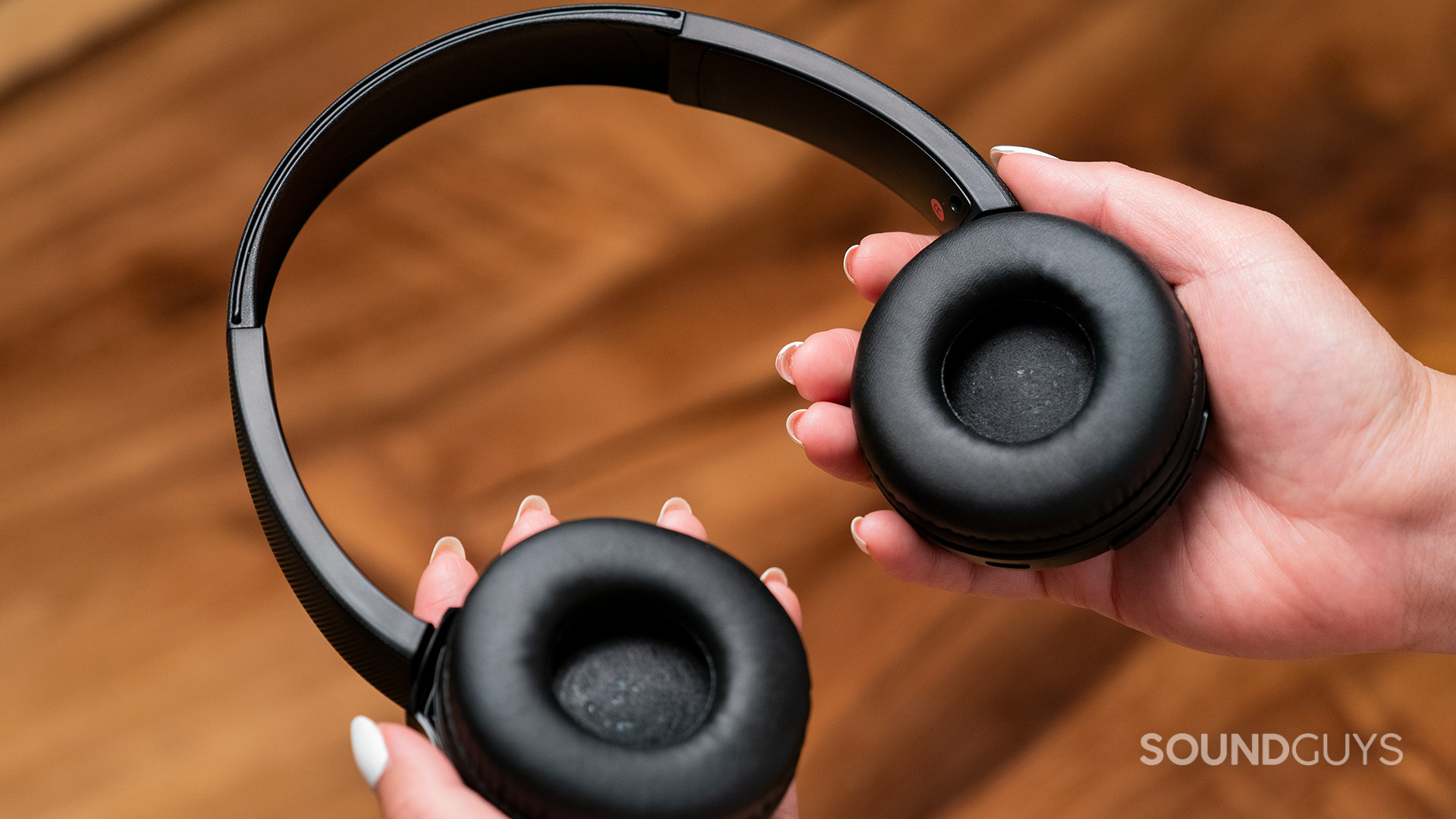
On paper, the Sony WH-CH510 is a great set of Bluetooth on-ear headphones, but in practice, it just doesn’t hold up. In our Sony WH-CH510 review, we encountered a persistent issue with the Sidetone feature. Like transparency mode found on ANC headphones, sometimes Sidetone amplifies background noise and is designed to make it easy for you to monitor your volume level while speaking. This is nice in theory, but when it doesn’t work properly—it’s incredibly jarring. The WH-CH510 sometimes enables this if you talk while wearing the headphones, not just during a call. It’s probably a software bug, but given the inability to update the firmware on these headphones; it’s not a problem you can solve if you have it.
You get what you get, warts and all. Instead, we recommend several other on-ear headphones. If you want to stay within the same price bracket, the JBL Tune 510BT is much more enjoyable to use.
What should you know about Sony headphones?
There are so many pairs of Sony headphones available, but on a grand scale, they typically perform like any other headset from another brand like JBL, Sennheiser, or even Audio-Technica. Let’s dive into useful terminology so you can make a more informed buying decision.
What is frequency response?
A headset’s frequency response is a quick way to understand what tones it can reproduce. You’ll often see a frequency response of 20Hz-20kHz because that accounts for the lower and upper limits of human hearing. Some headsets’ frequency responses exceed this in either direction, but that’s not really necessary, at least not for the vast majority of people.
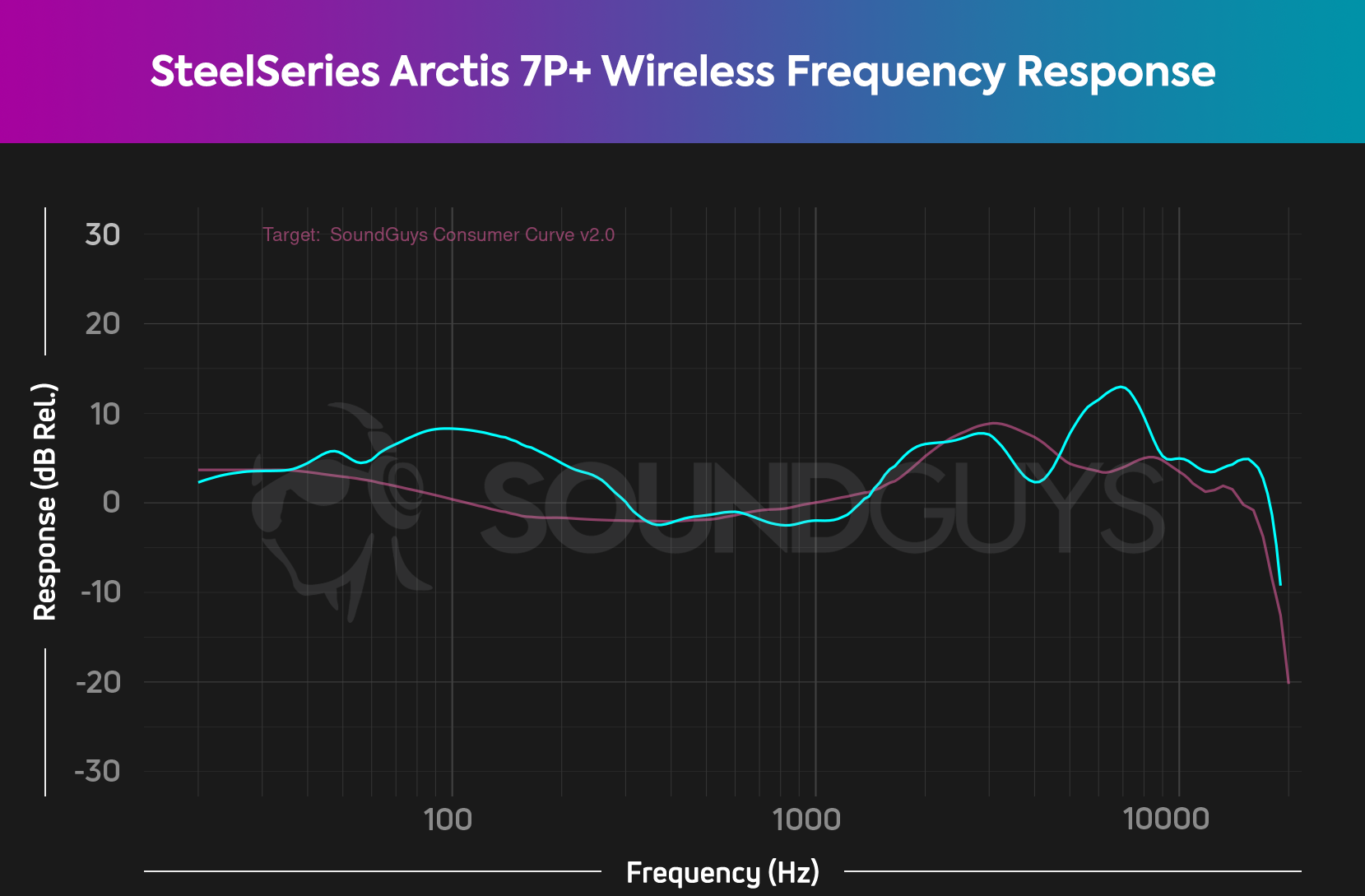
Most Sony headphones on this list are made for general consumers, so you’ll see that the charts included in our galleries account for that with a label in the upper-left corner. Generally speaking, a consumer-friendly response will amplify bass and treble notes, so they sound louder than mids, but not so much so that it becomes difficult to hear midrange frequencies.
We use a Bruel & Kjaer 5128 head and torso simulator (HATS) to record a headset’s frequency response. We then use that data to form an accessible chart that compares the headset’s frequency response (cyan) to the SoundGuys house curve (pink), which is either set for consumers of studio use. You can learn more about how we came to our house curves here, and if you really want to dive deep, please read on about how we test products.
What’s the difference between headphone isolation and noise canceling?

Isolation refers to when a headset passively blocks out noise by creating a barrier between your eardrums and the environment. This differs from active noise canceling (ANC), which requires power to actively combat external sounds. To get good ANC performance, it’s important to first establish good isolation.
To get optimal isolation from a headset, you need to get a good fit. With in-ears, this means you should test the supplied ear tips and use the ear tip fit test (if there’s a companion app that supports this). You can learn more about what a good fit with in-ears is like in our guide. To get good isolation with over-ear headphones, you need to ensure the ear pads encompass your ears completely and don’t form any gaps around your skull or jaw area. Sometimes, to get the best fit, you need to get different kinds of ear pads because the material matters.
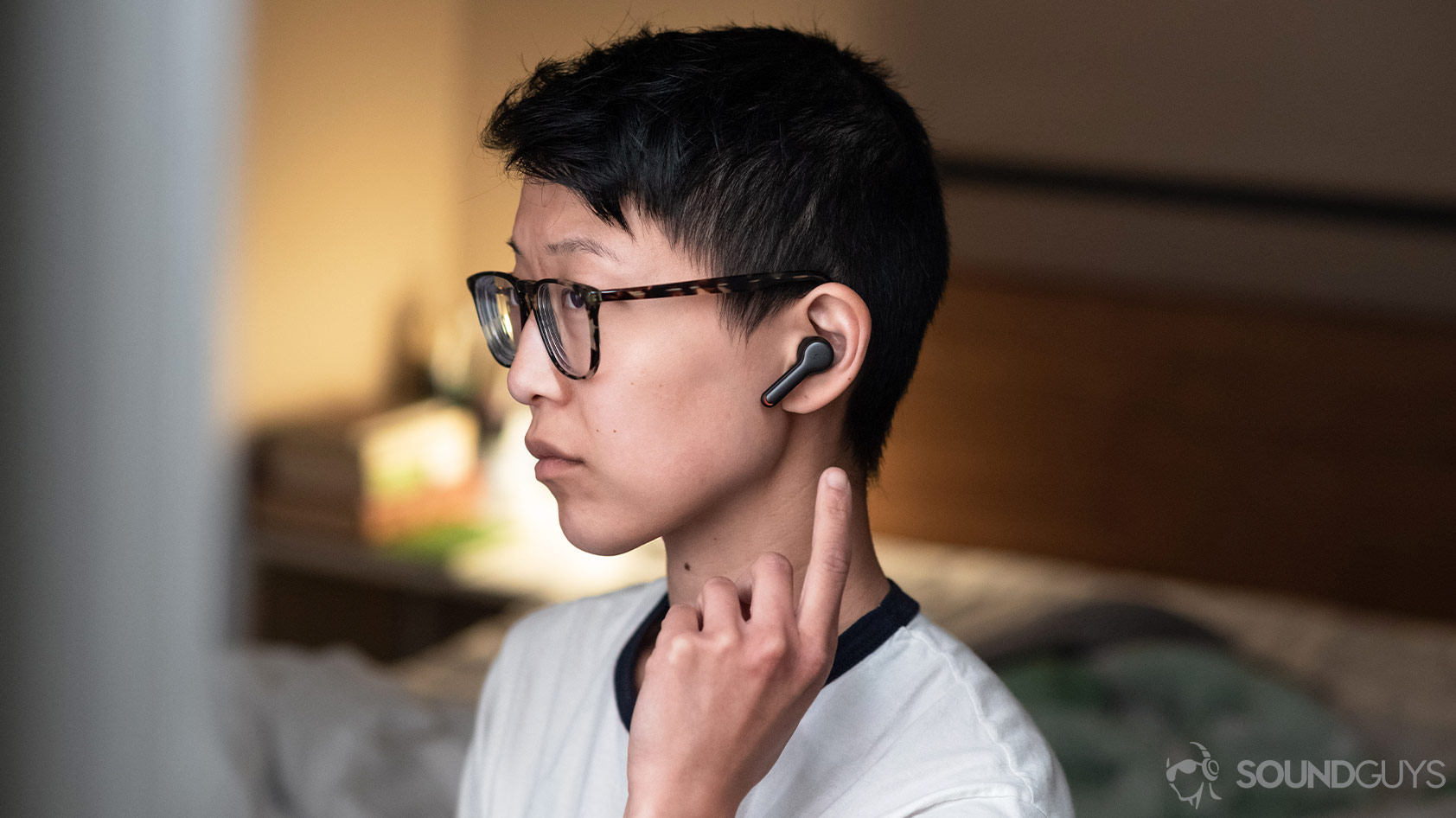
Isolation is important because it prevents a phenomenon called auditory masking, which is when a loud sound makes it difficult to perceive a relatively quiet one. This happens all the time. A common example is when you’re listening to music on the train platform and the train pulls in. You may notice it’s hard to hear your music while it parks on the platform, but you didn’t turn the volume down. To oversimplify it, your brain only has so much bandwidth to perceive auditory stimuli, so it processes what could be the more threatening sound (louder) over the less threatening one (quieter).
Active noise canceling, on the other hand, requires outward-facing microphones (and sometimes inward-facing ones) to record your environment. The microphones then create a slightly out-of-phase wavelength and to cancel out the original soundwaves. Ideally, this yields a completely quiet sound, but ANC is imperfect, so you’re never literally mute your environment.
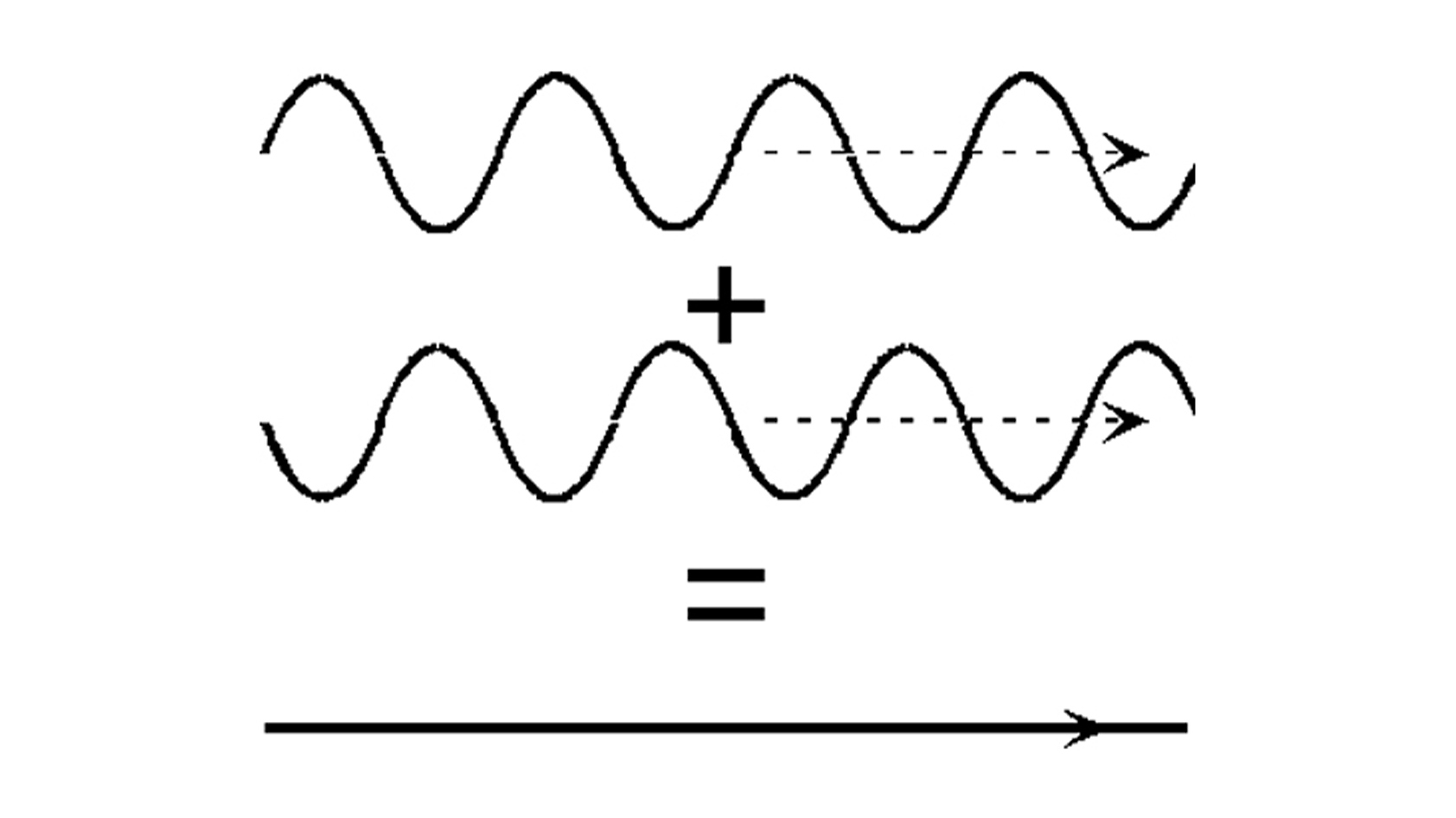
Both ANC and effective isolation are also important from an auditory health perspective. When you block out background noise, you’re less likely to increase the volume to unsafe levels, which prevents your chances of experiencing noise-induced hearing loss (NIHL).
Are Sony headphones worth buying?
One of the biggest perks about buying a set of headphones from a bigger manufacturer is that it can afford to earn your dollar through support, continually updated software features, and a long product life. That’s true of just about all of the new Sony headphones. Additionally, Sony headphones enjoy a two-year limited manufacturer’s warranty in the US, which covers manufacturing defects in materials or workmanship. While it’s not going to get you a brand new headset if you dunk yours in water, it will have your back if it turns out there’s an issue you couldn’t have foreseen.
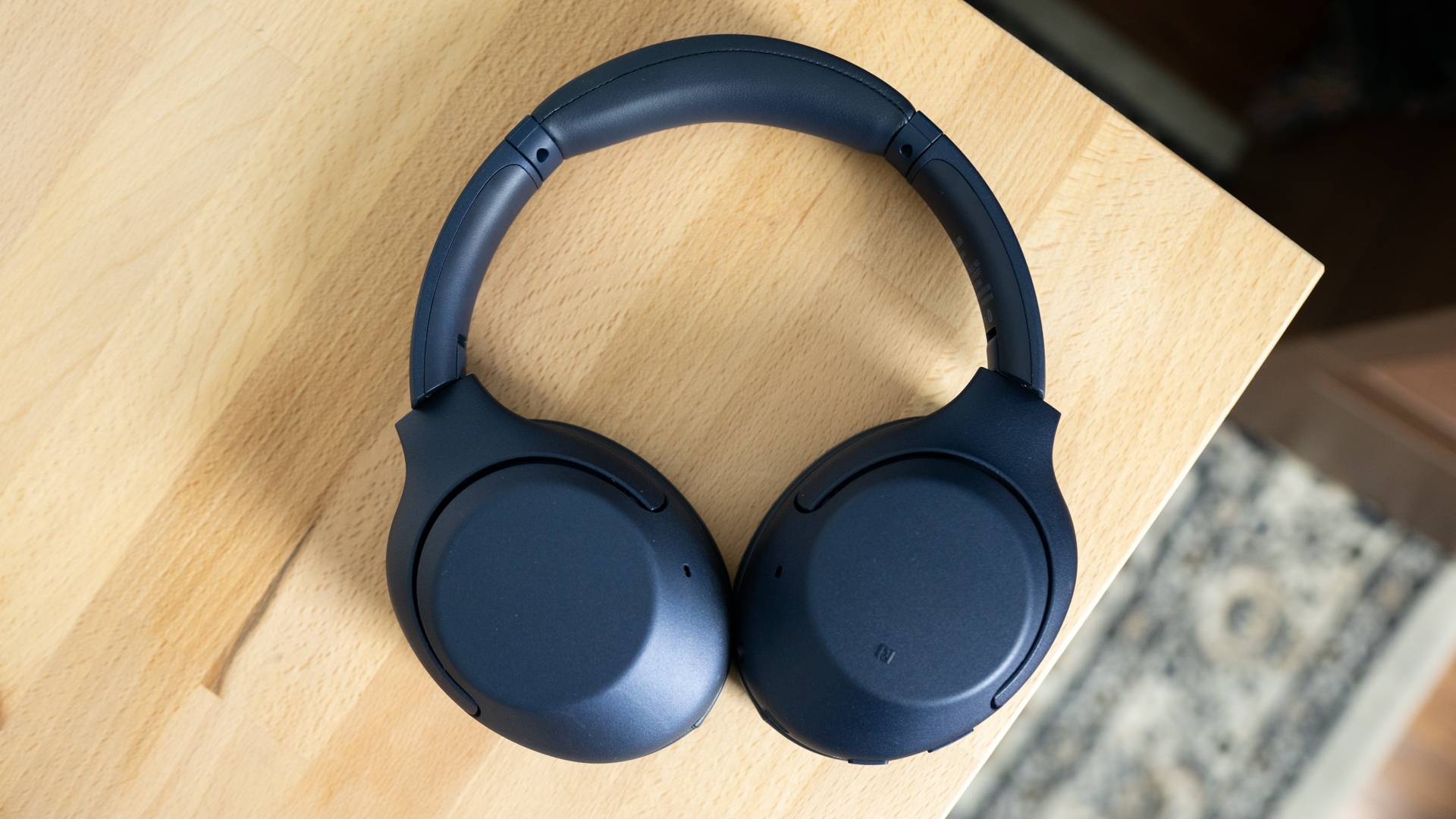
Sony is one of the more trusted brands of personal audio equipment, as it’s been at the forefront of many portable and home-centered audio tech advancements since the late 20th century. Some of its accomplishments include the Walkman, 360 Reality Audio, and it’s been the second-largest music production company for decades. Sony knows audio.
However, that’s not to say the company is perfect or that it’s the best out there. You’ll probably find that because Sony deals in huge volumes, there’s no shortage of complaints online about some issues. Headphones—like any other sector of tech products—are not immune to fanboying, easily antagonized customers, or weird manufacturing issues. We encourage you to read around a bit and get as much information as you can before settling on buying anything (Sony headphones, or otherwise).
How we choose the best Sony headphones
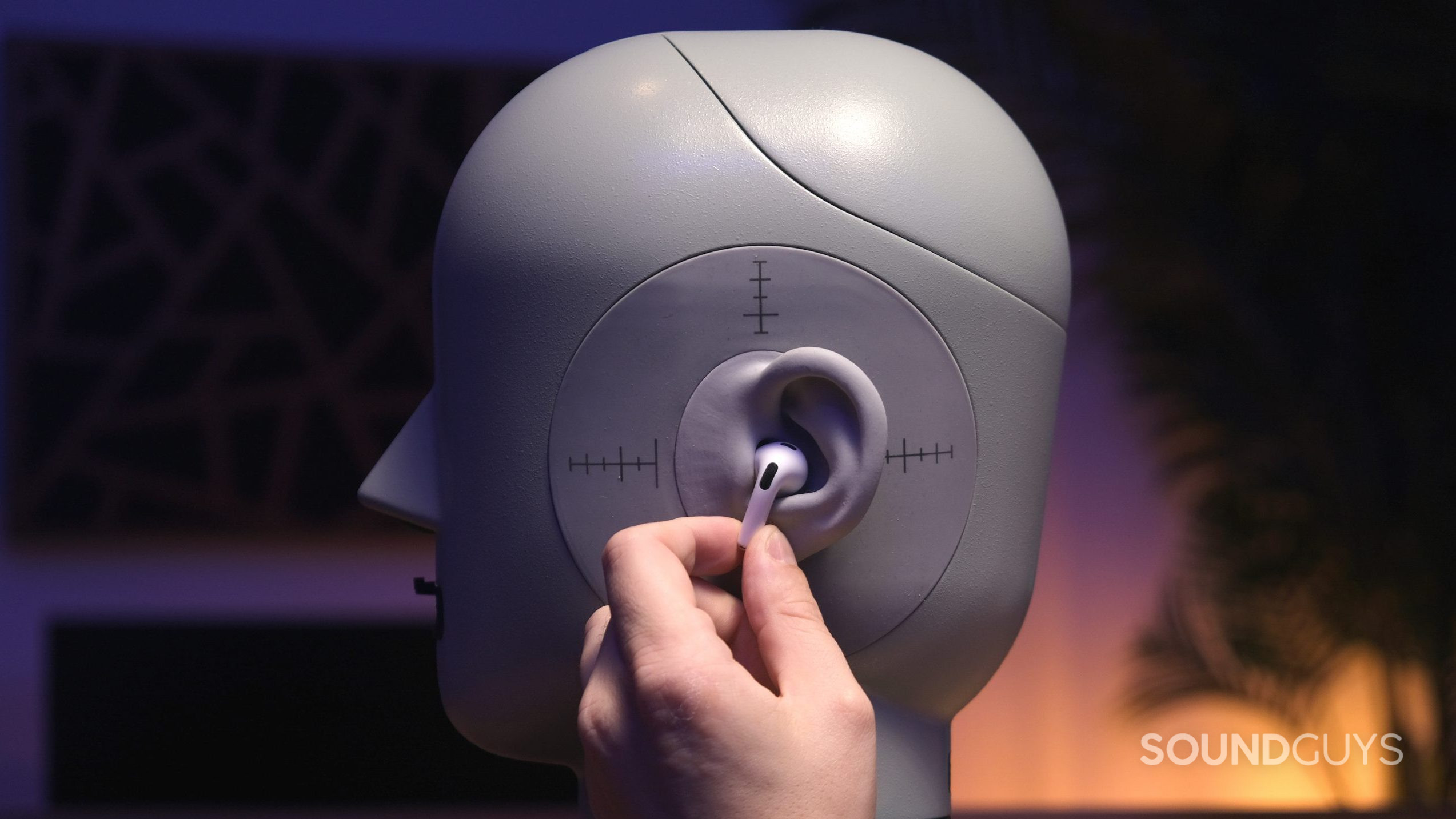
It’s important to us that we relay as much useful information to our readers as possible. That means we present you with objective measurements from our Bruel & Kjaer 5128 head and torso simulator (HATS) that cover things like frequency response, isolation, crosstalk (when applicable), and more. But we don’t just acknowledge charts and numbers around here, it’s also important that we give you an idea of what it’s actually like to use a product day in and day out. That’s where the subjective part of our reviews comes into play. We make sure to address everything from the fit to the app experience and beyond. We’re then sure to score each product consistently to give you a good idea of how one product might compare to the next.
At the end of the day, our team discusses and votes on what products should (and shouldn’t) be awarded here. But we continue the work after we hit “publish” and keep our eyes peeled for noteworthy products as they’re released. You may notice that product recommendations change over time, or that sometimes our picks are replaced—we try to make sure that this page and others like it stay up to date and accurate. We don’t want anyone to come to SoundGuys and see outdated information.
Why you should trust SoundGuys
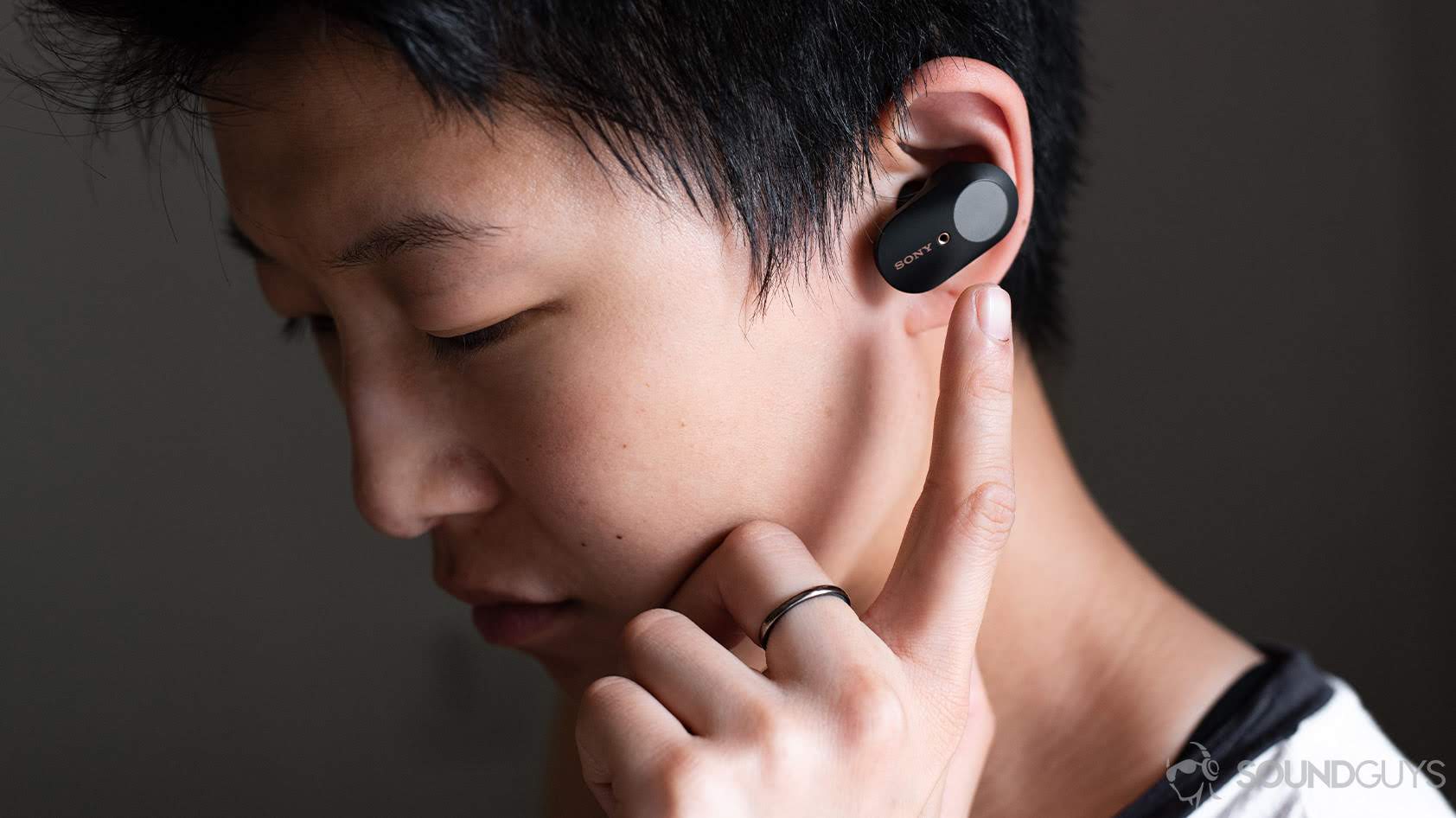
Not only is SoundGuys all of our day jobs, but each and every full-time writer here has had several years’ experience covering the personal audio market. We also go out of our way to prove what we say rather than ask you to take our word for it: for example, we provide standardized microphone samples to compare products with. Our income depends heavily on people being happy with the products they buy after researching them.
Frequently asked questions about the best Sony headphones
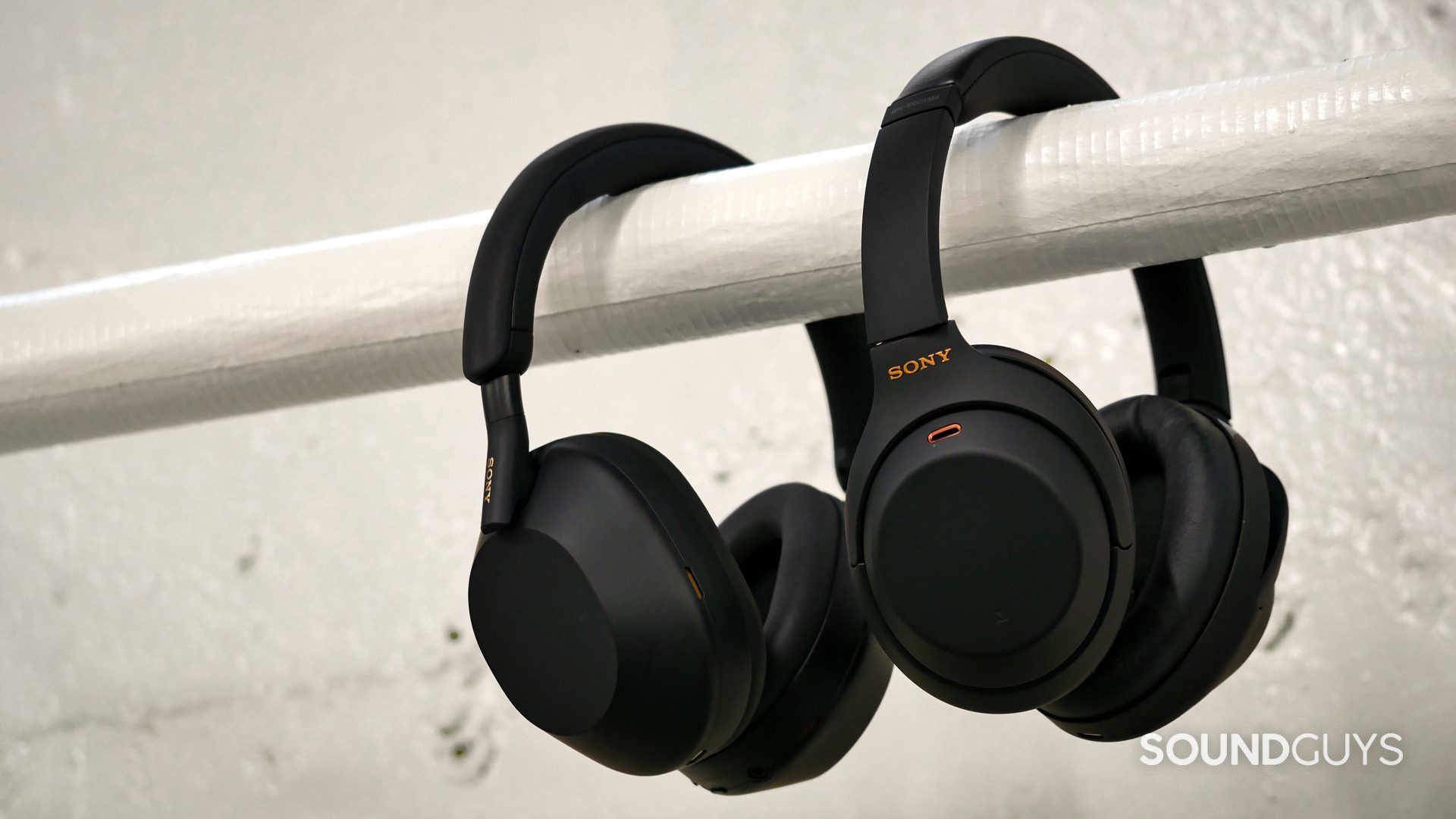
Although the Sony WH-1000XM5 and WH-1000XM4 have a lot in common, like speak-to-chat, an in-app EQ, the option to prioritize sound quality over connection stability (and vice versa), and more, the headsets appear fairly different. Unlike the WH-1000XM4 and WH-1000XM3 before it, the fifth-generation WH-1000X headphones feature a clean design that more closely mimics the Bose Noise Canceling Headphones 700.
With this next generation of WH-1000X headphones, Sony improves the sound quality and active noise canceling. The WH-1000XM5 outperforms the previous model regarding sub-bass attenuation and passive isolation above 2kHz. The XM4 ANC is still some of the best around, but the XM5 is just that much better. If you can find the WH-1000XM4, however, we do recommend it for those on tighter budgets: around the holidays and certain regional sale times, you may even be able to find it below $300 USD.
You can learn more about this headset in our Sony WH-1000XM4 video review.
The Sony LinkBuds WF-L900 is a quirky set of earphones, but it has a few foibles that prevent it from making it to “best.” Namely, these buds don’t isolate at all and don’t deliver much bass, either. But if you need something like the in-ear equivalent of open-back headphones, they suit that niche.
The Sony WH-1000XM4 and the AirPods Max reach close to neck-and-neck when it comes to ANC. Both of these headphones deliver great noise canceling, so you’ll have to consider other factors—for instance whether you are already immersed in the Apple ecosystem—when making your choice. If you already have an iPhone and feel like you can spend a pretty penny on the AirPods Max, they’ll likely work great for you. Meanwhile, Android users will be very happy with the Sony WH-1000XM4.
No. The Sony WF-C500 does not have ANC, but it does have decent isolation, which helps.
The Sony WH-1000XM5 do not have an ingress protection rating, meaning it isn’t certified to block out sweat. However, that doesn’t mean it will break with a workout—just that it doesn’t have an official sweat protection rating.
